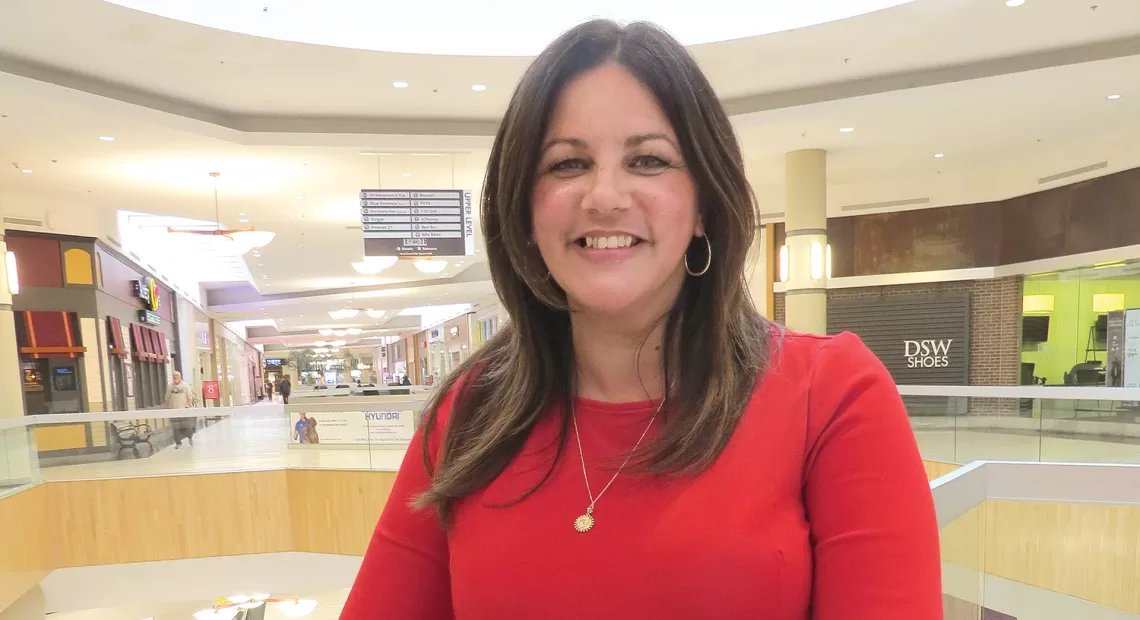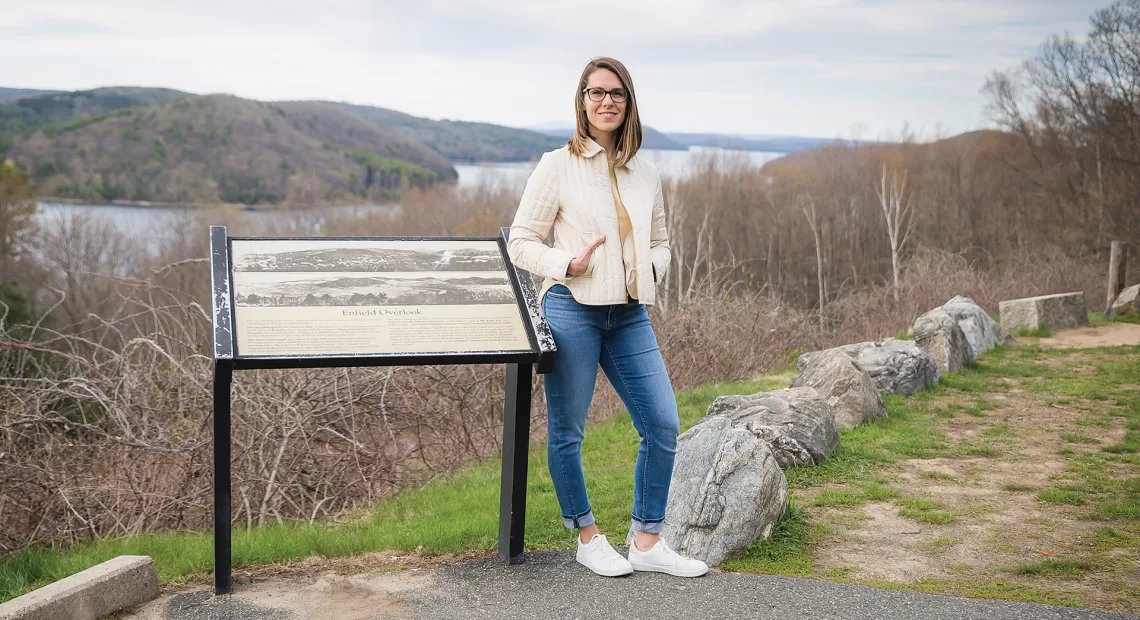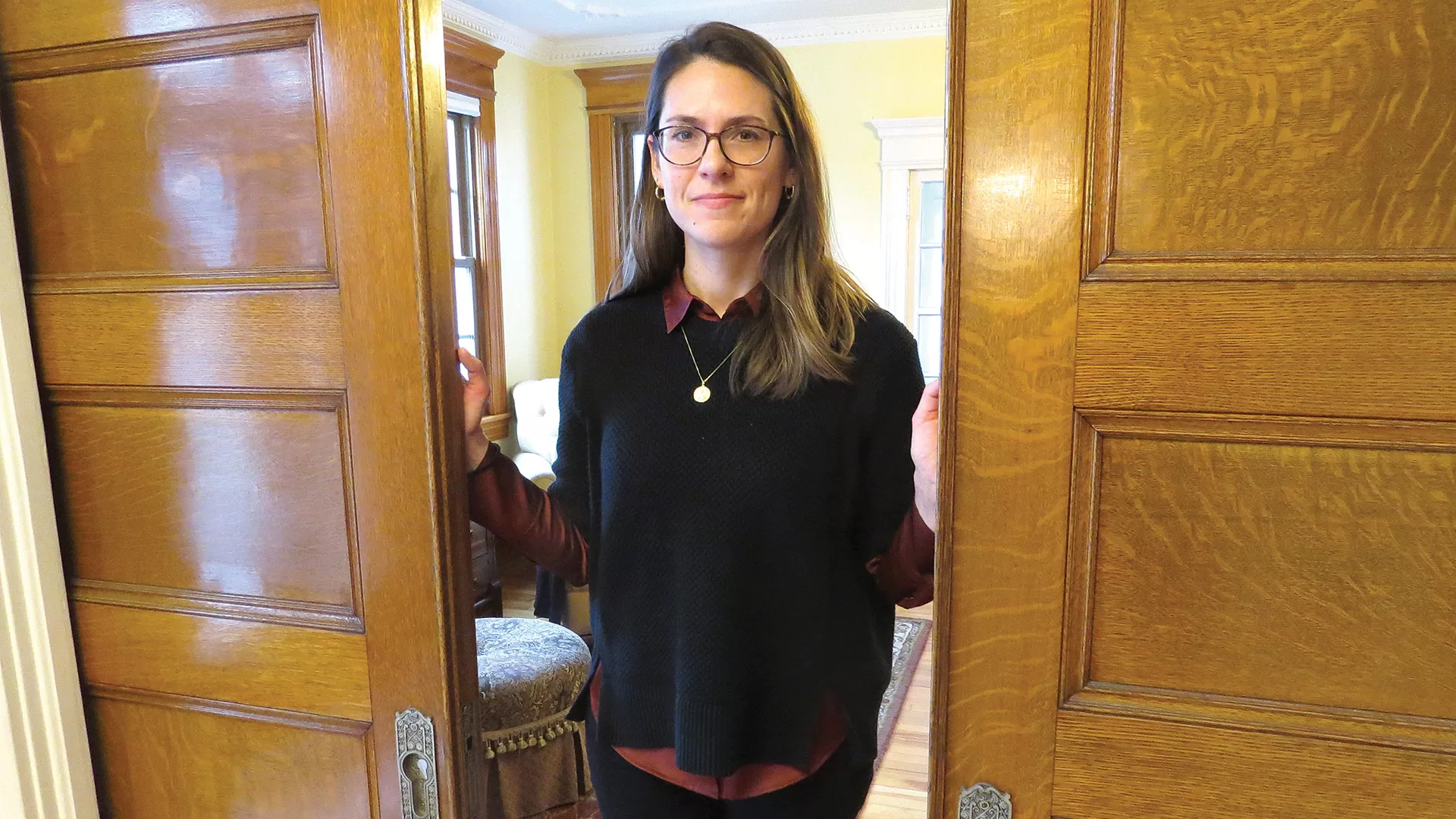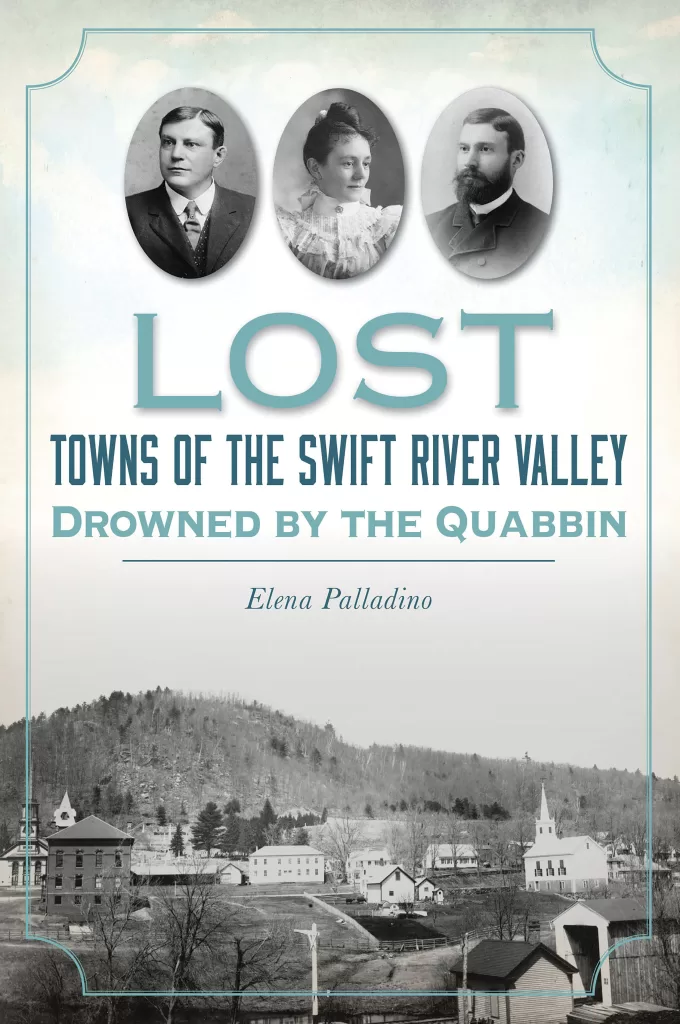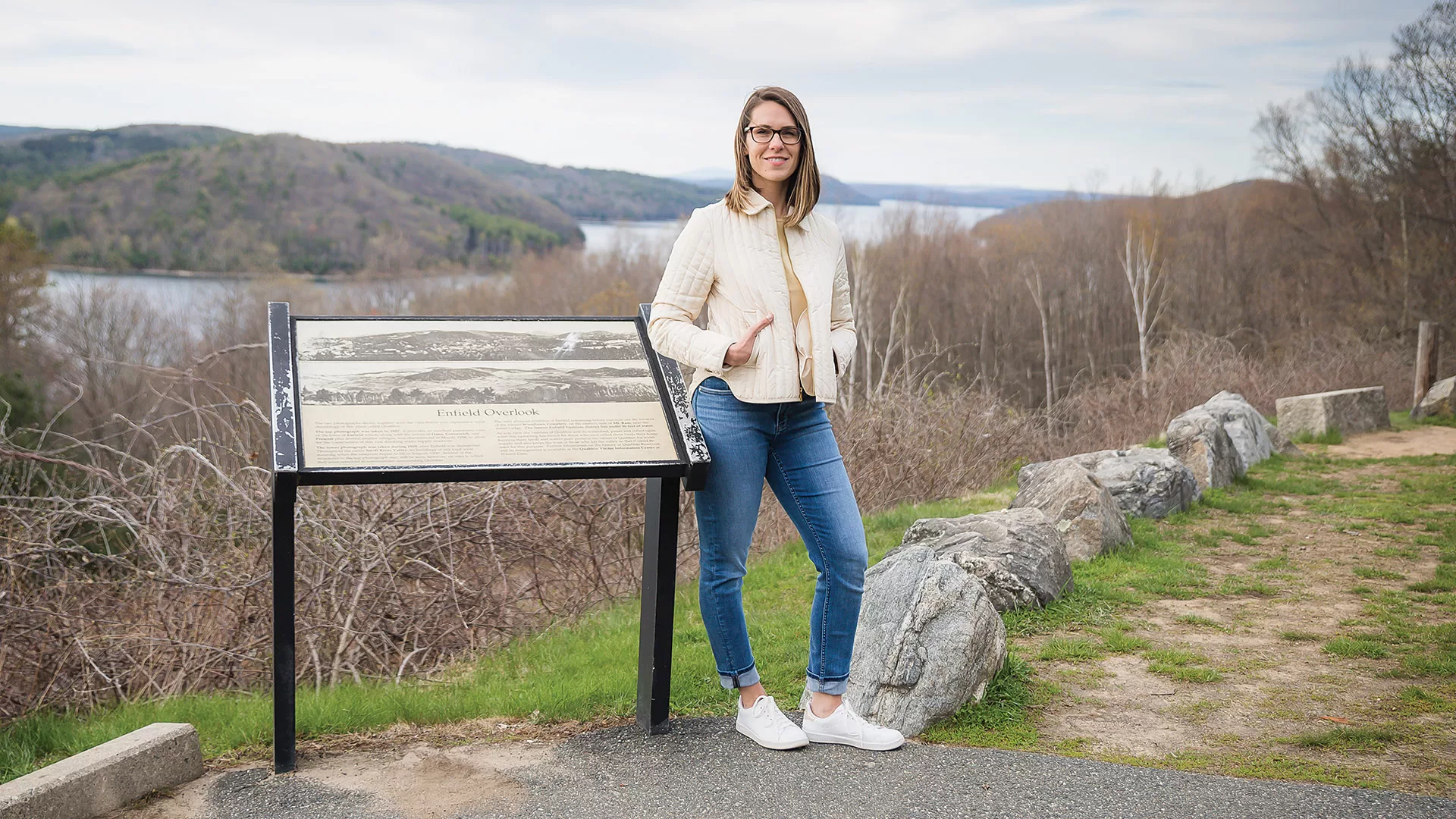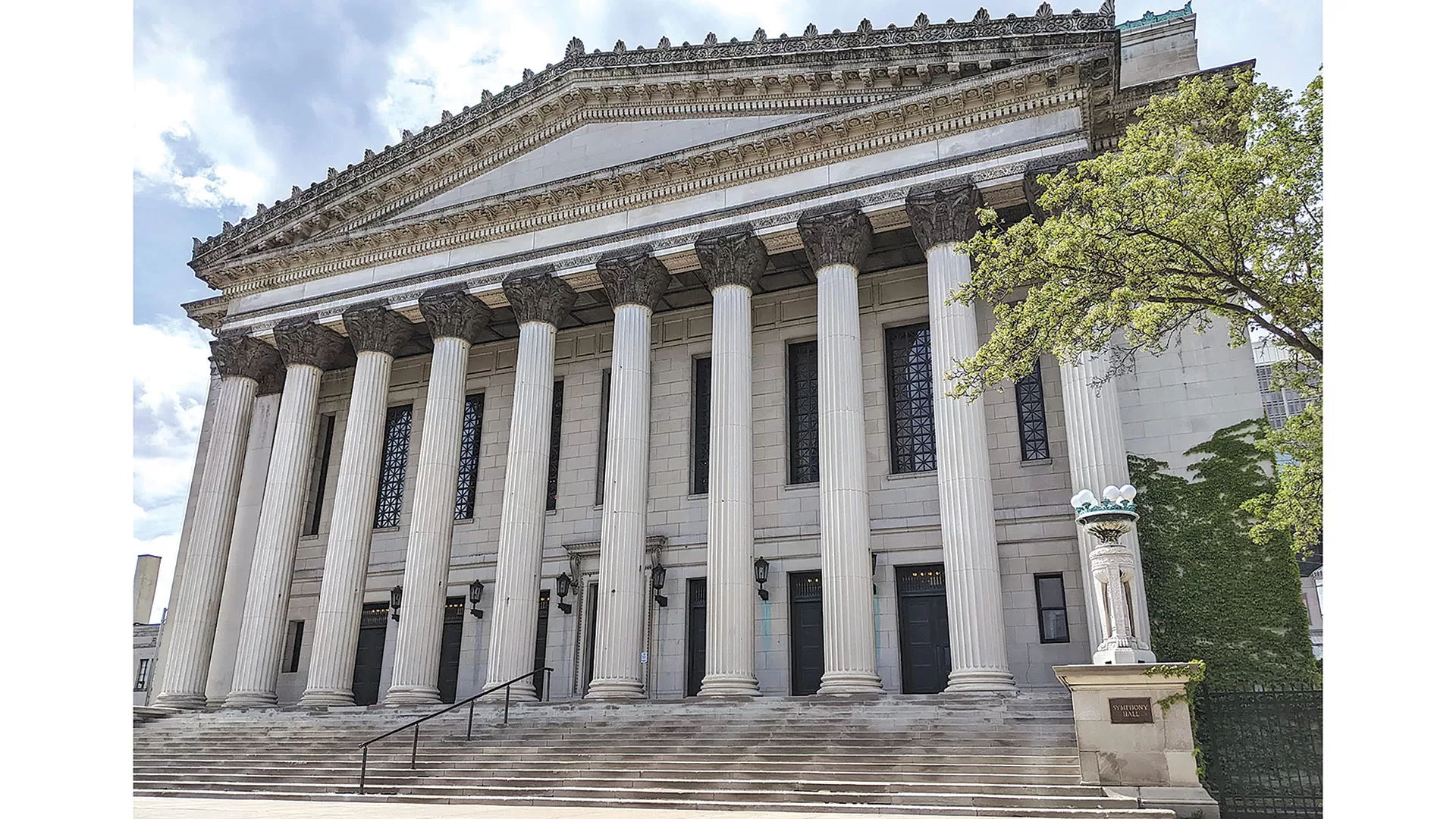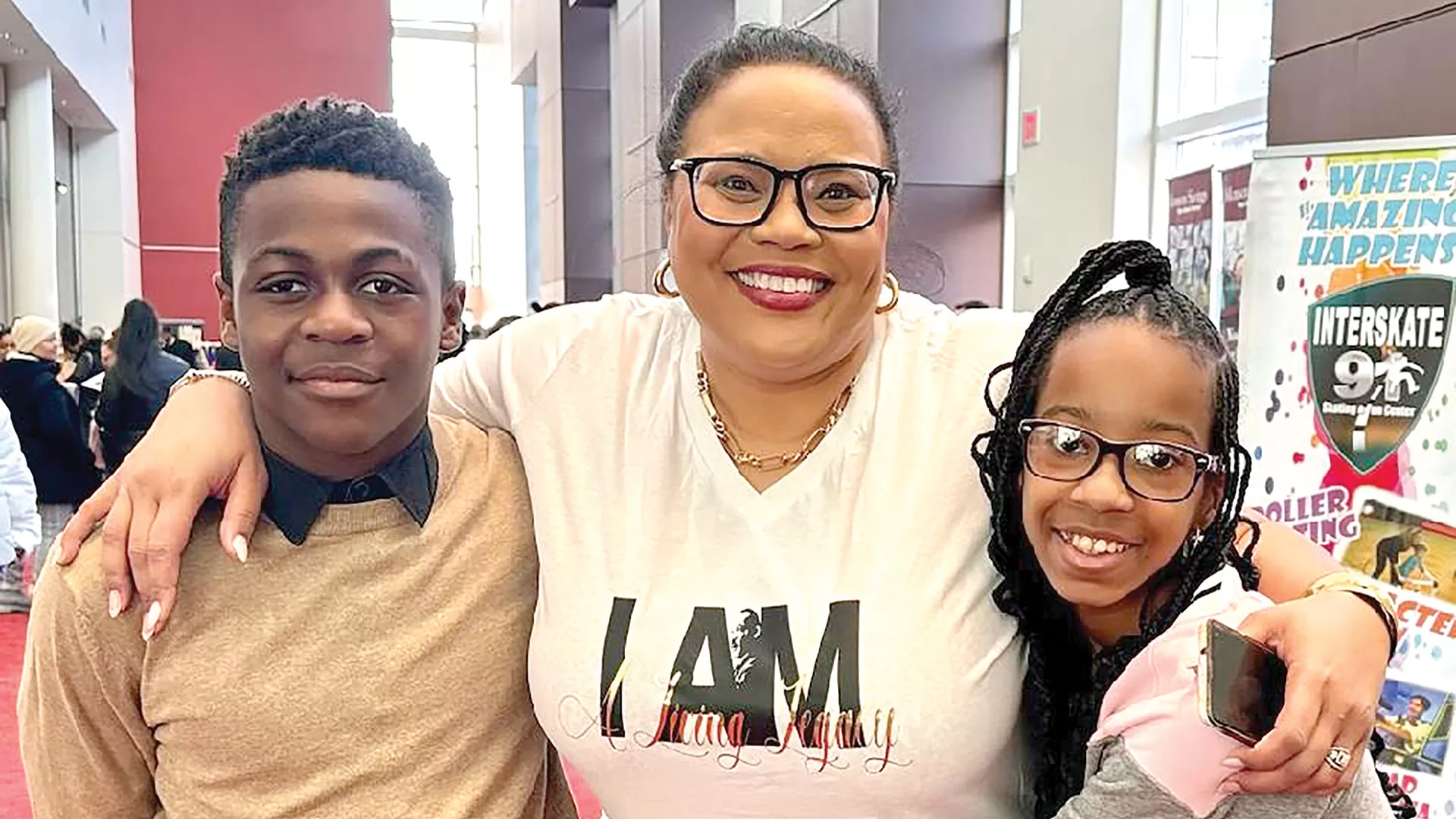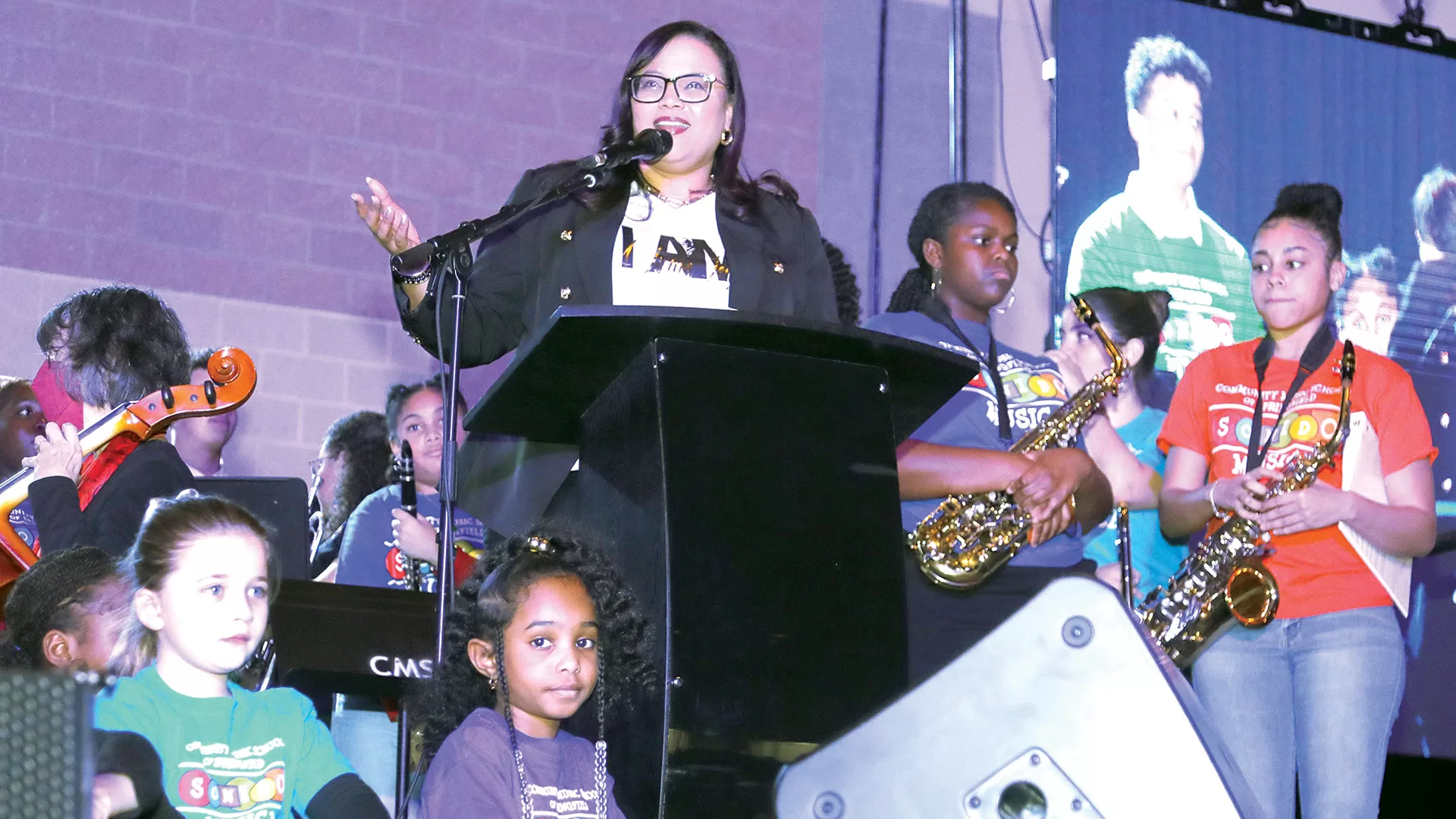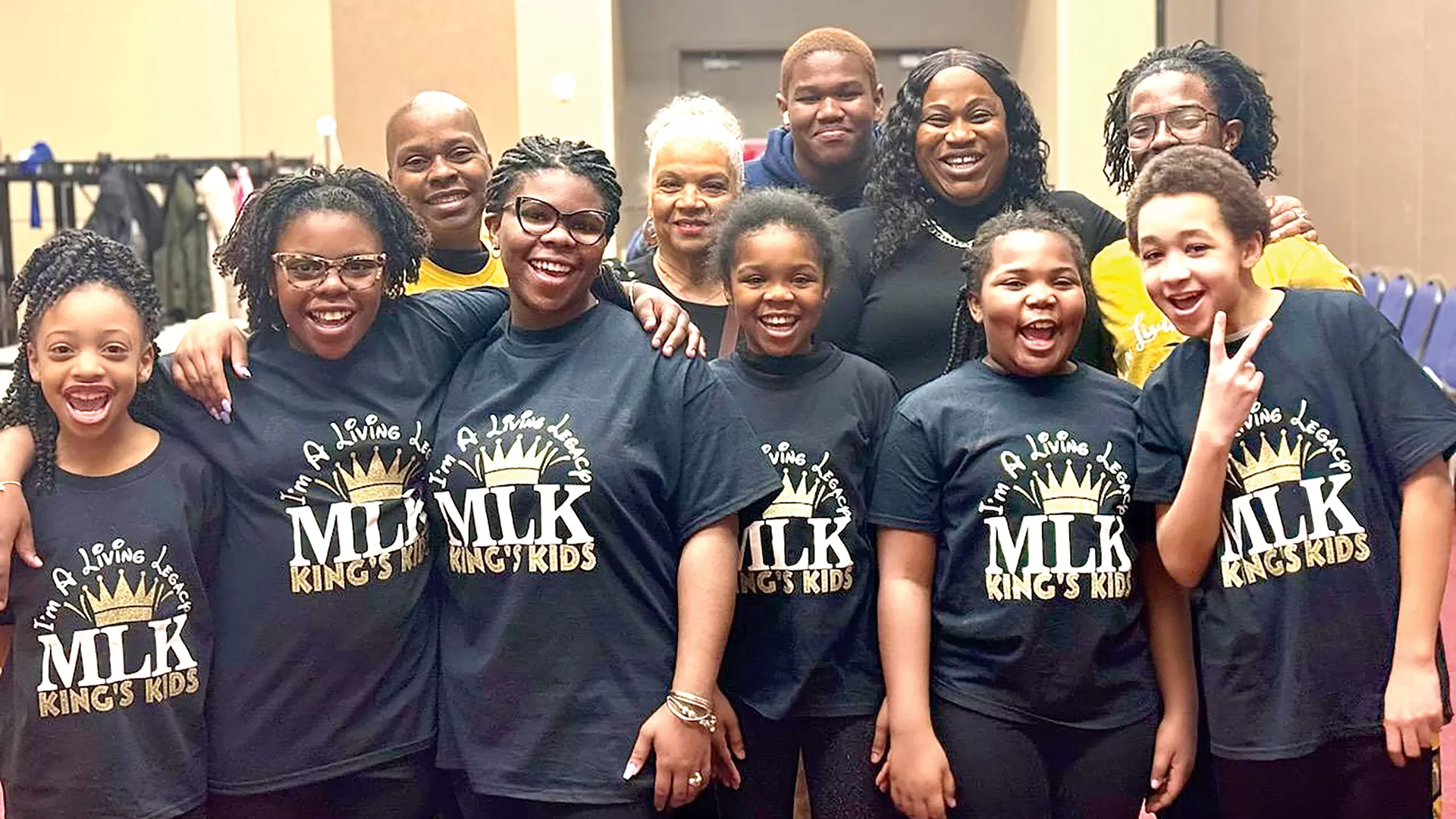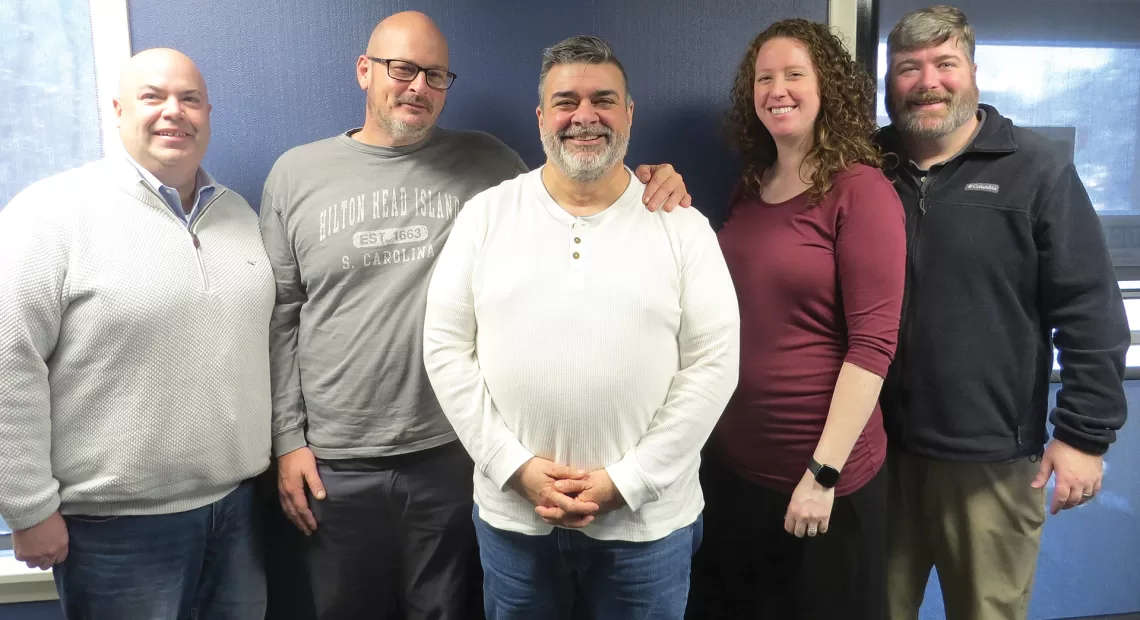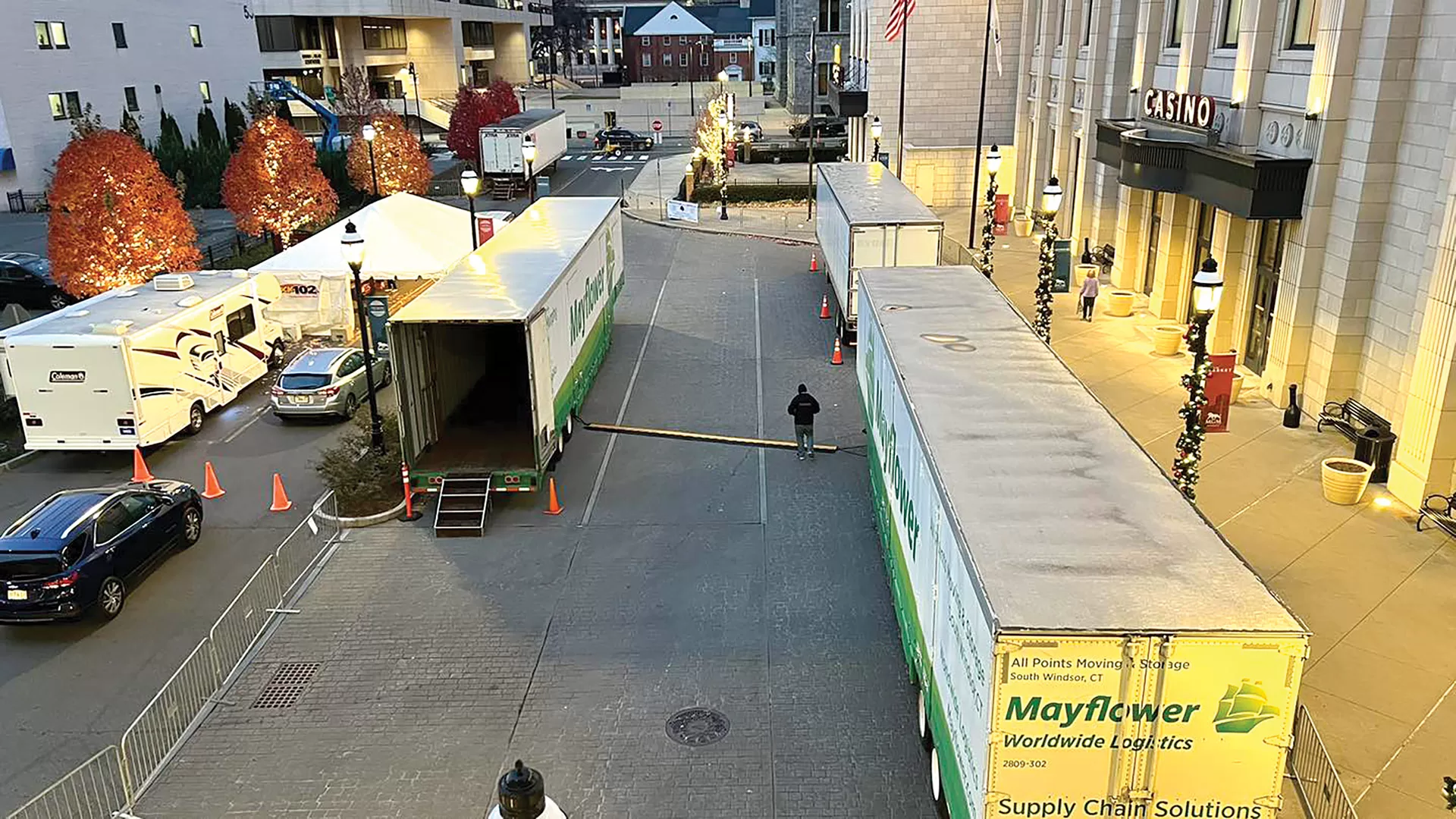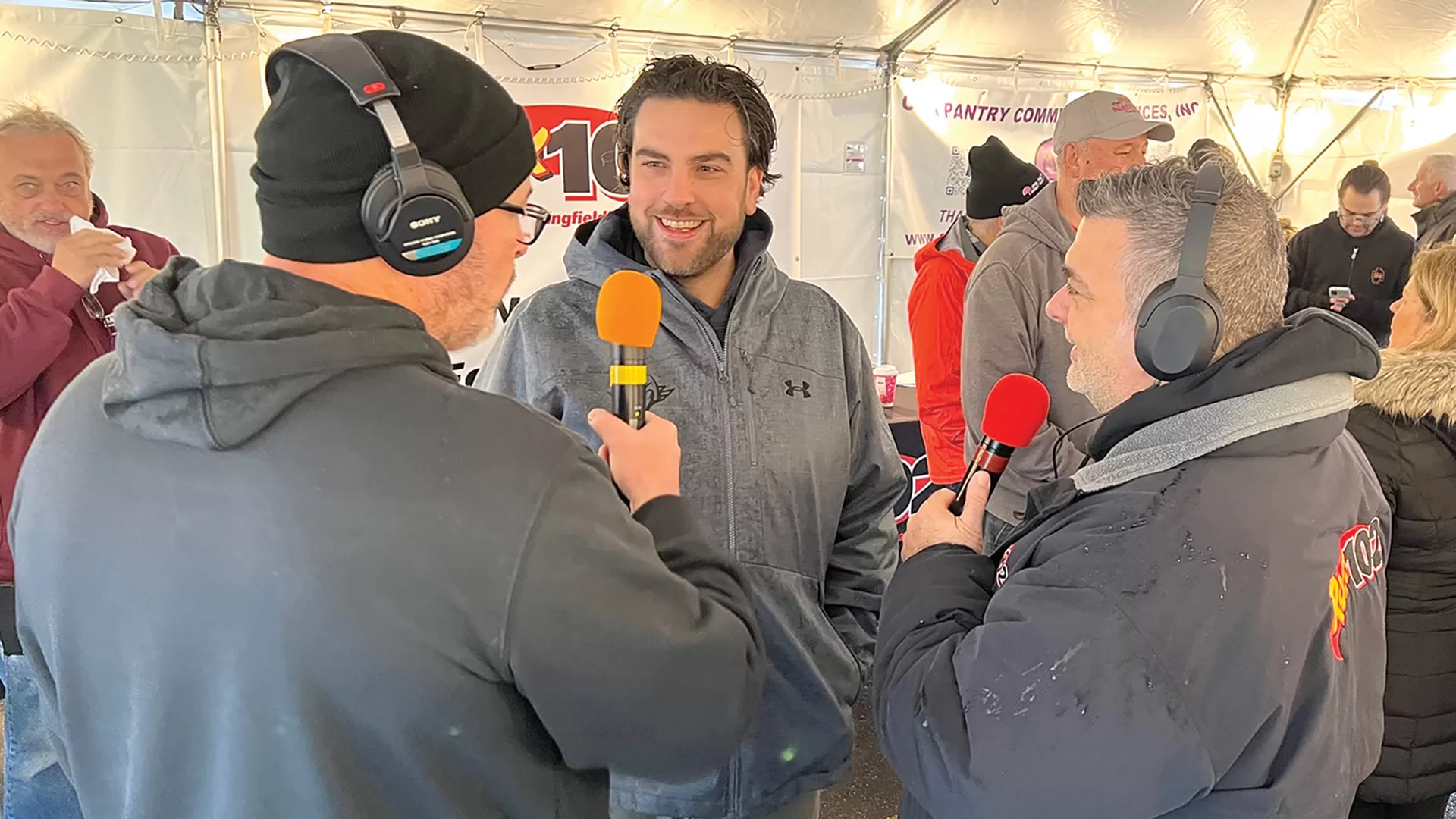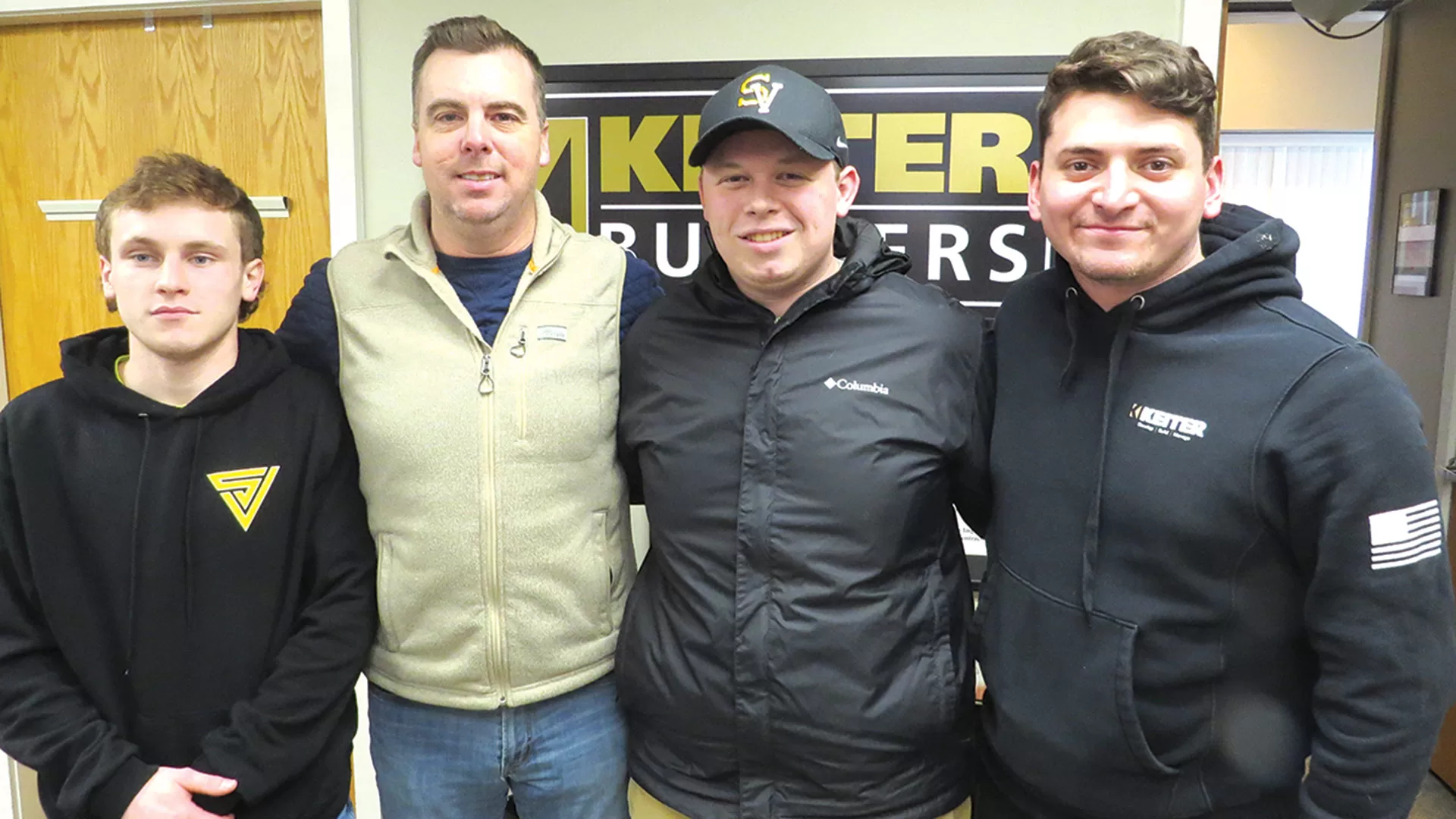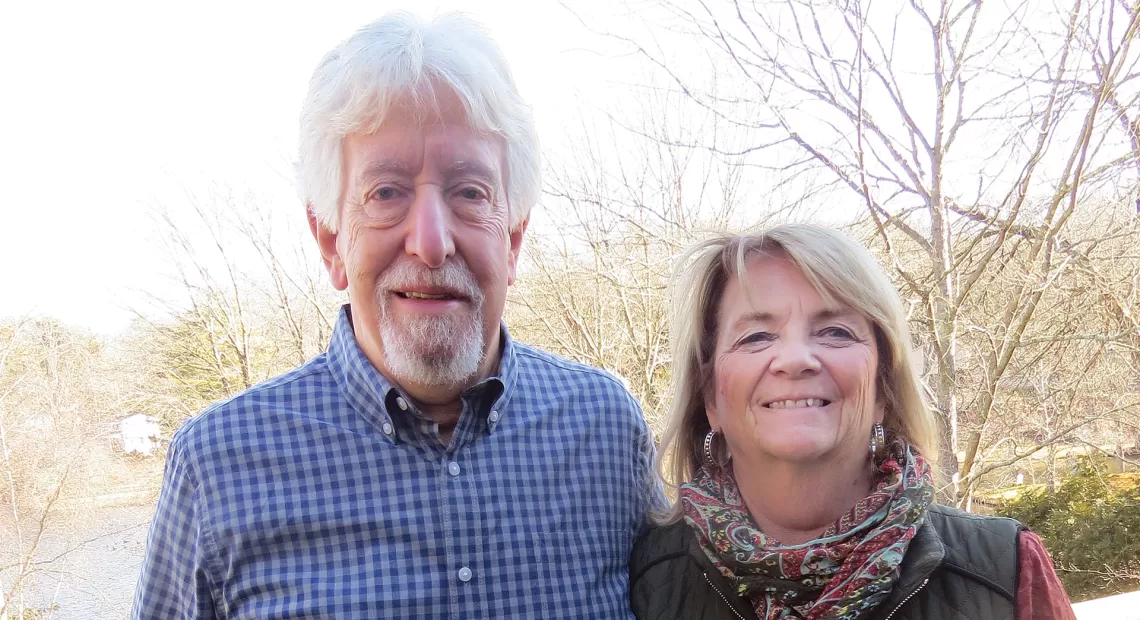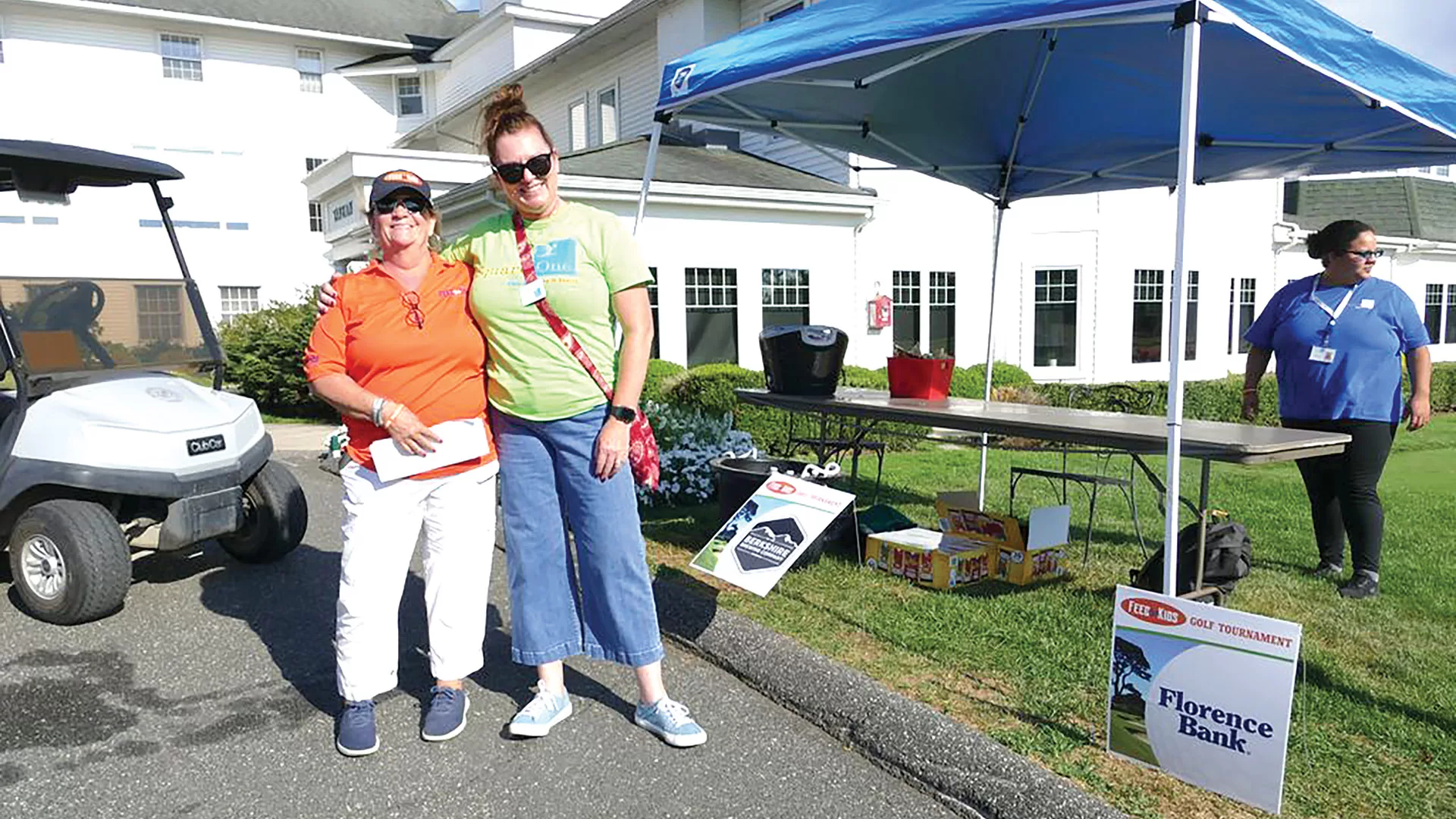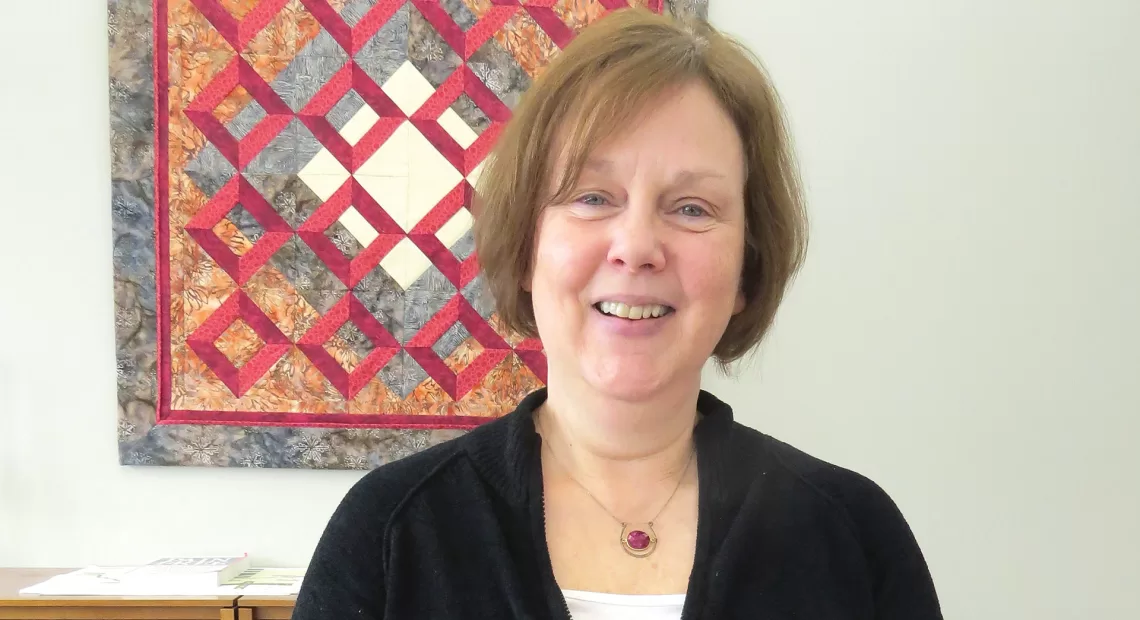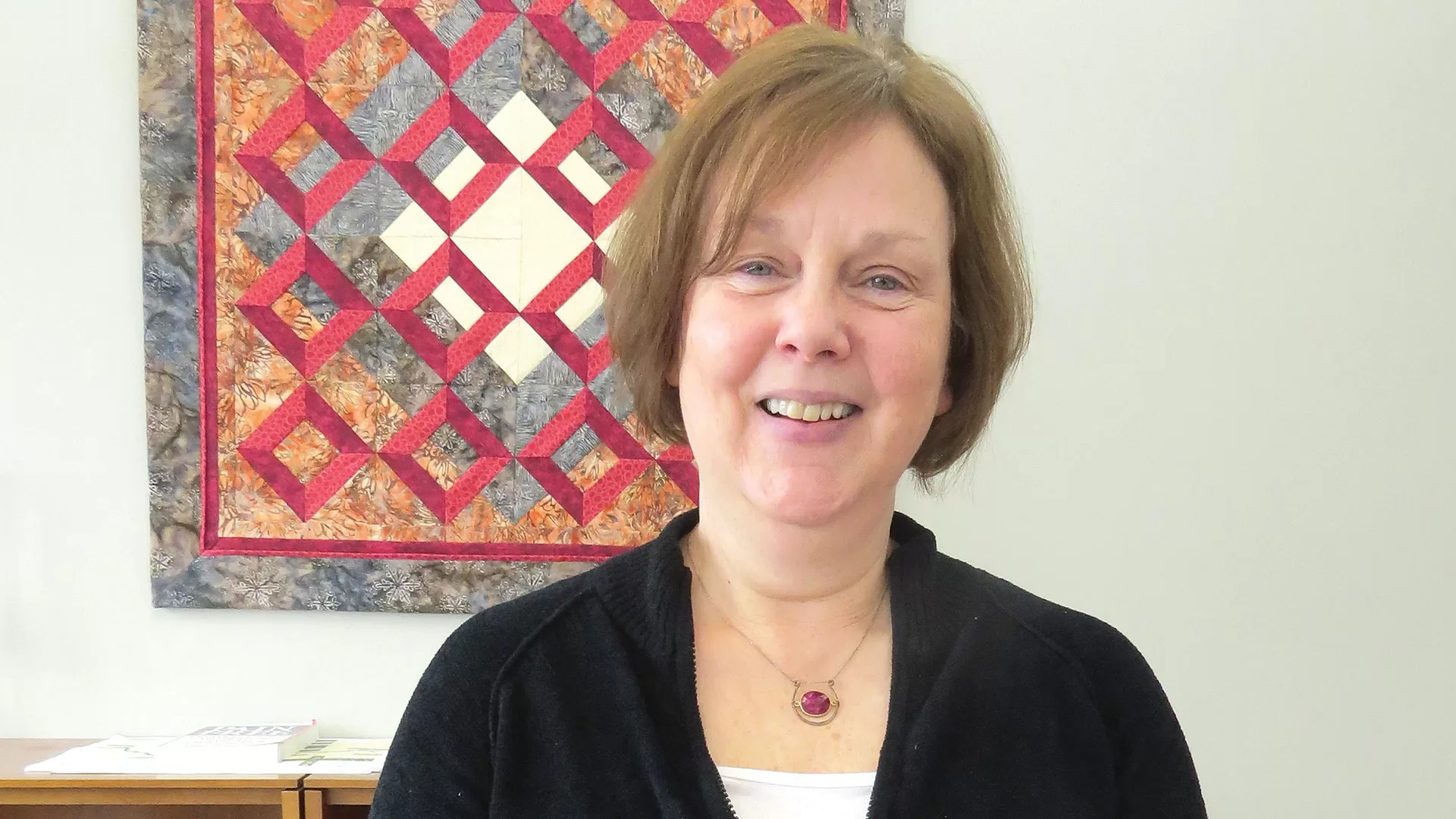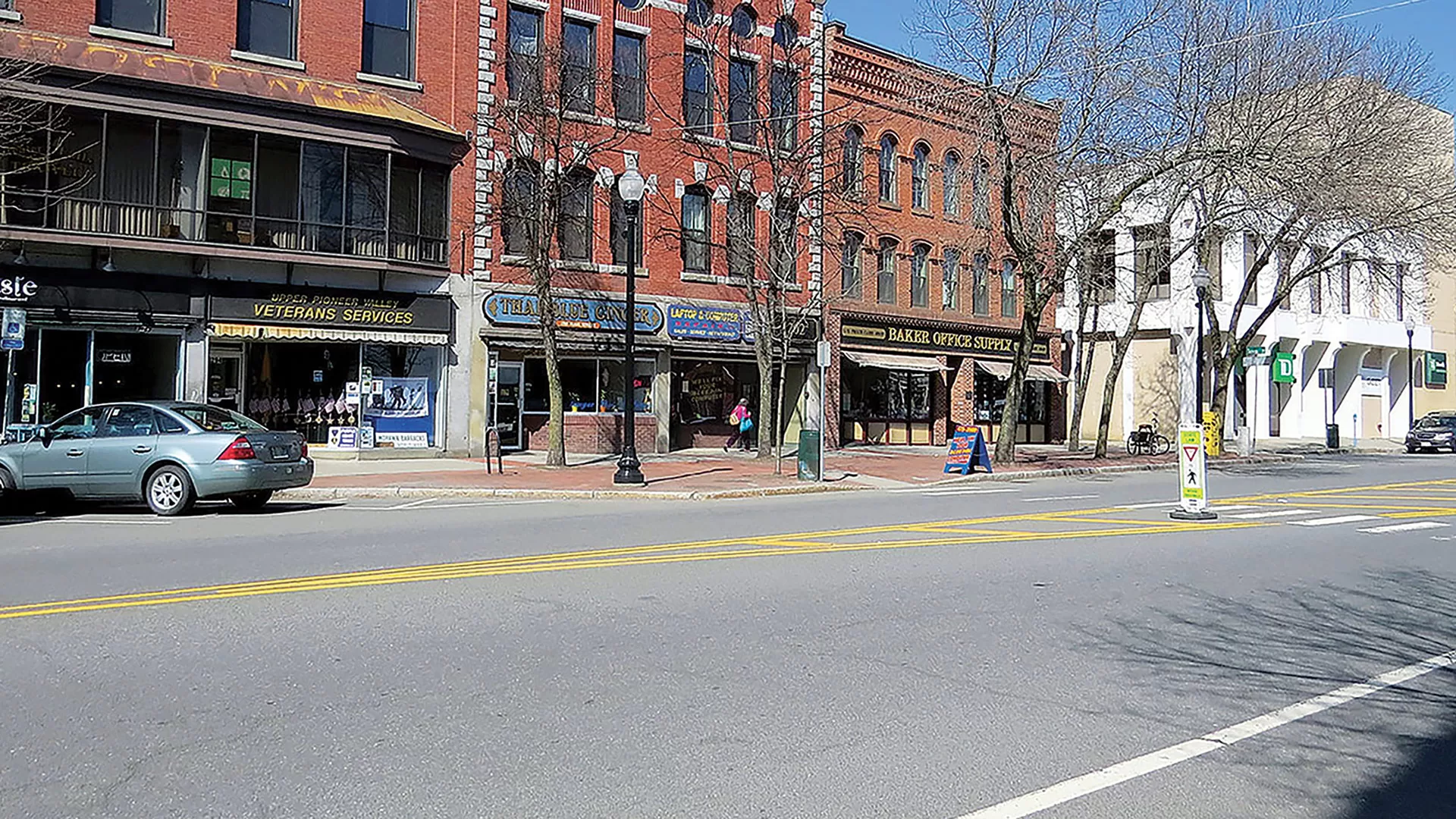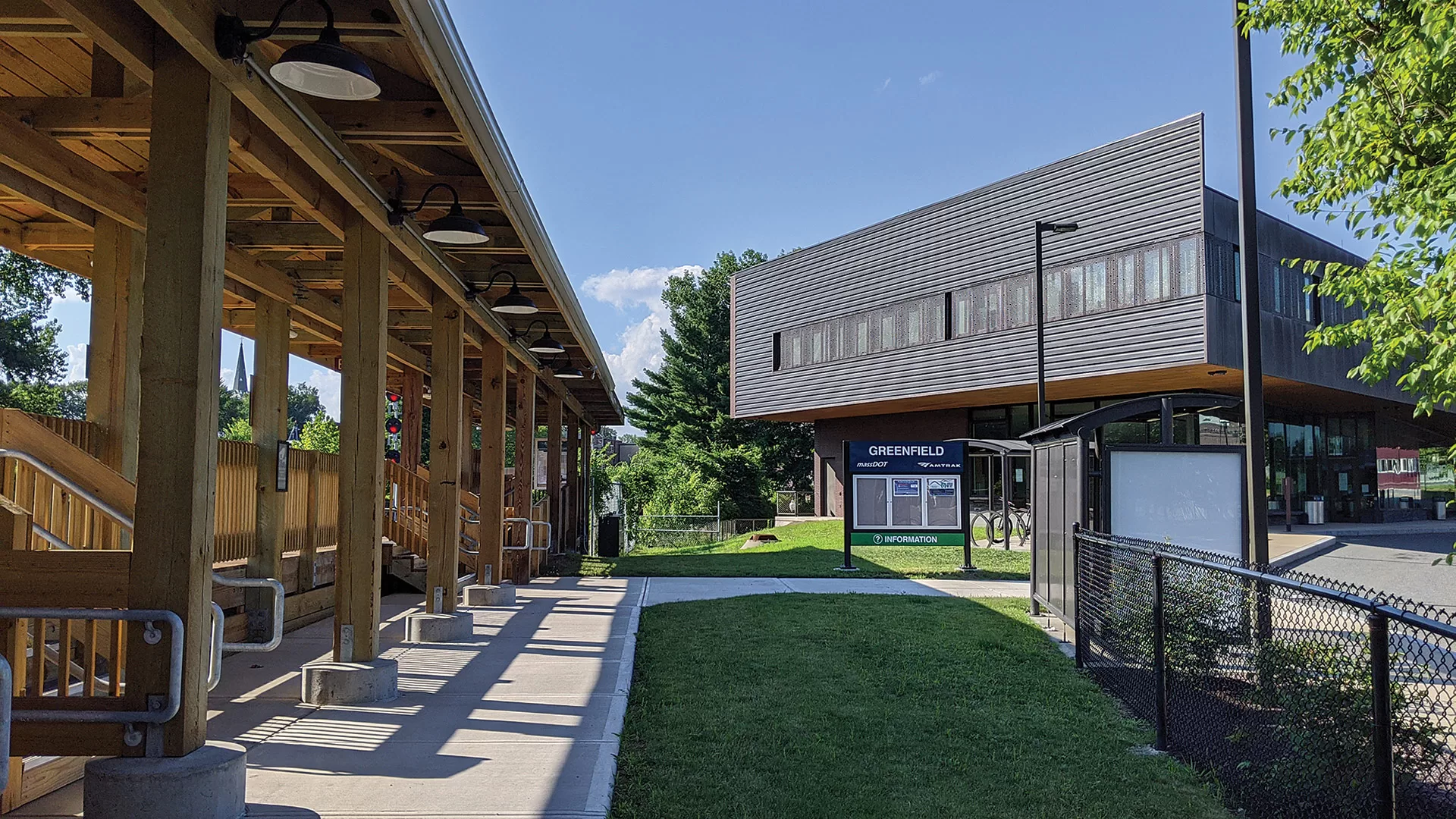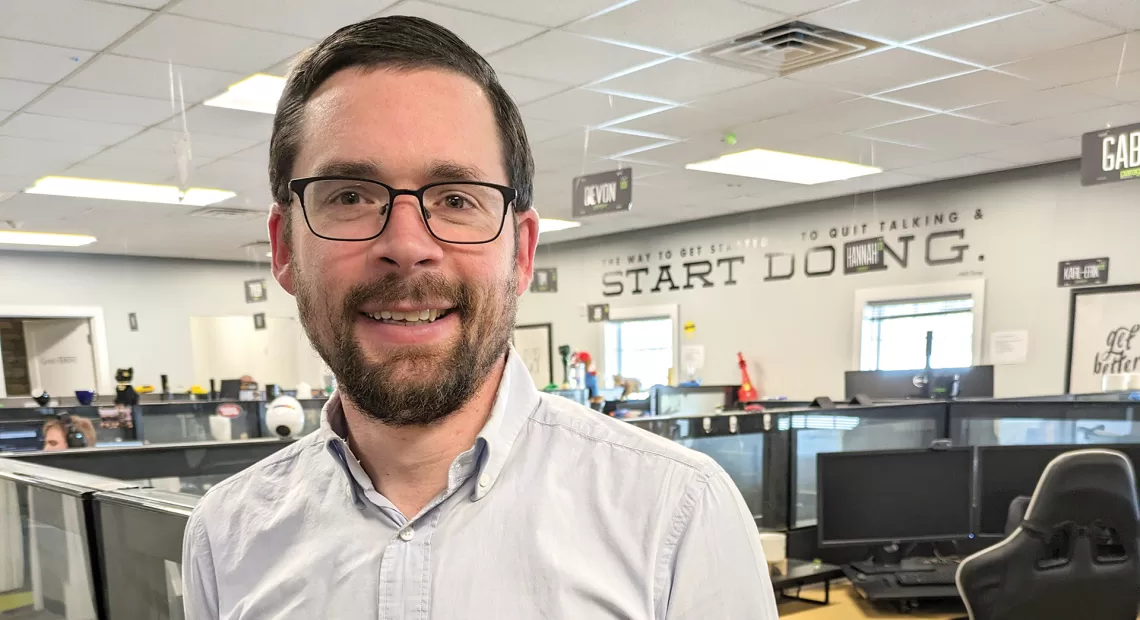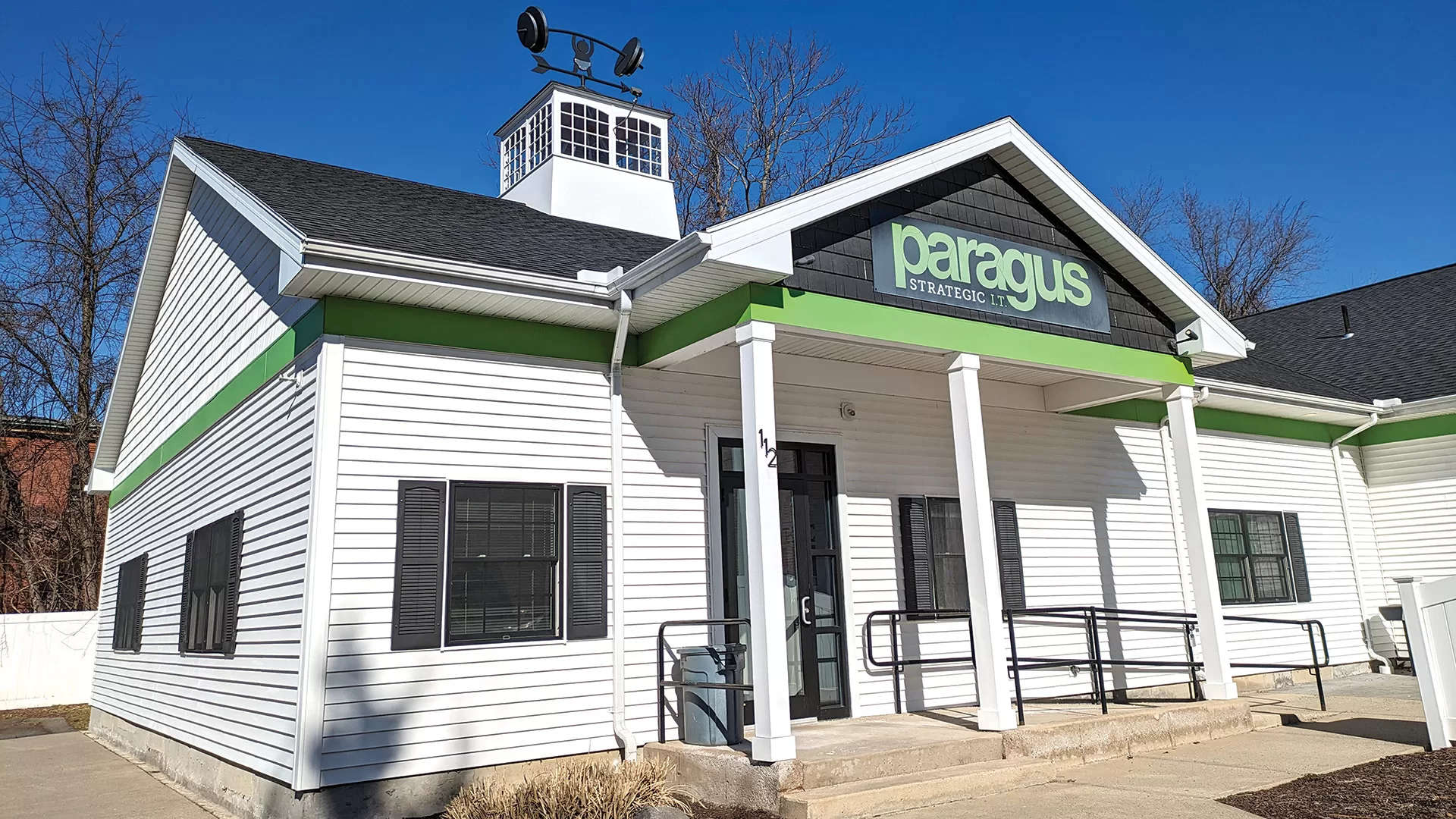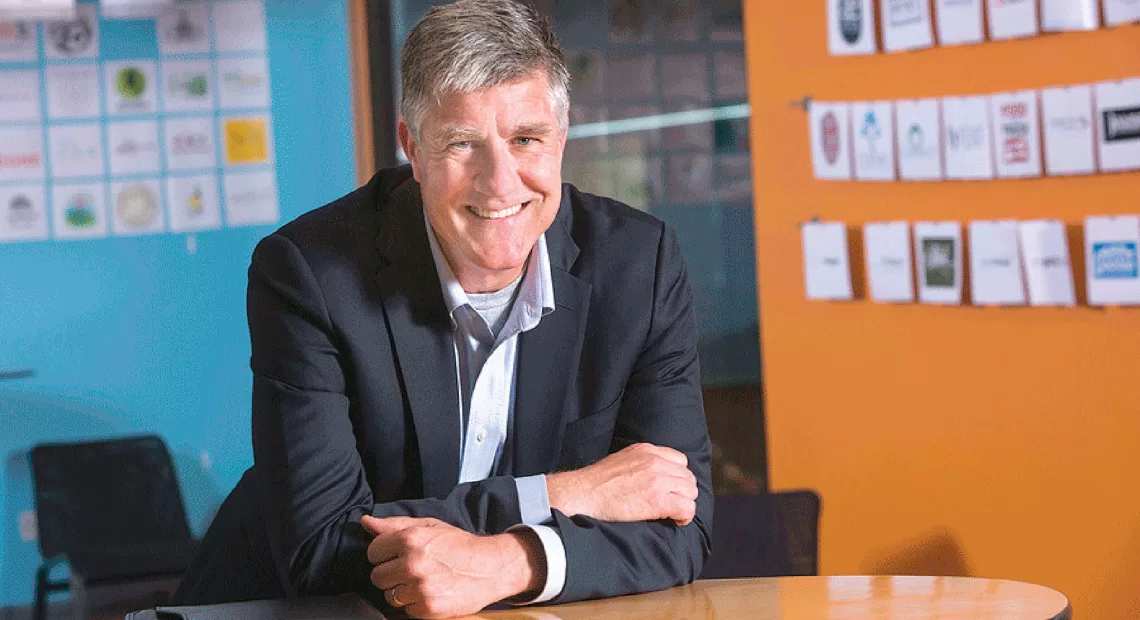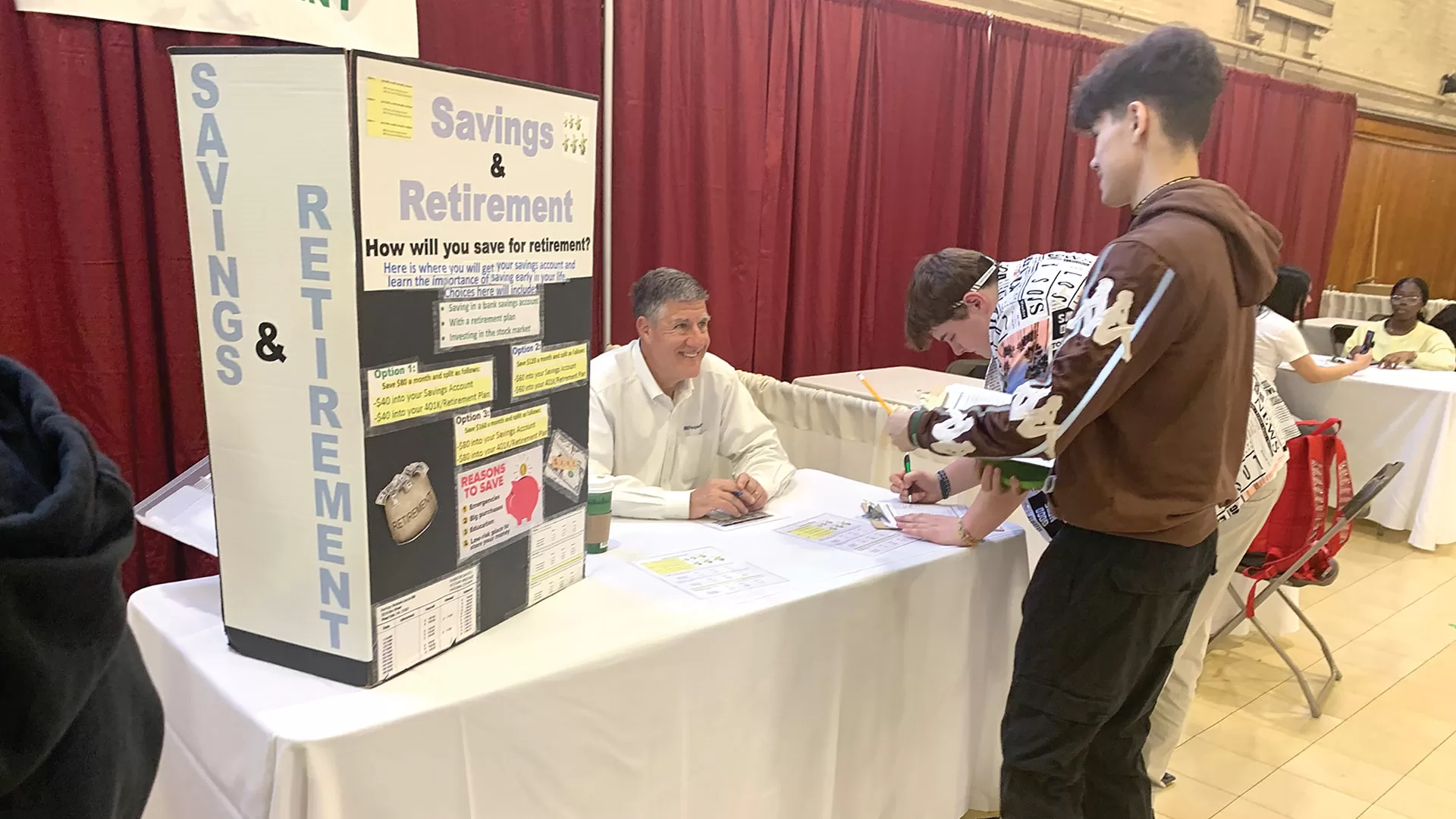Weathering the Storms

Lynn Gray, general manager of the Holyoke Mall.
As she talked with BusinessWest, Lynn Gray and her staff were gearing up for February school vacation.
It’s always a busy time at the Holyoke Mall, which Gray serves as general manager, as young people and families look for things to do. But these days, it’s even more so as ever-larger amounts of the mall’s 1.6 million square feet of space become dedicated to entertainment-related ventures rather than pure retail — although there’s still plenty of that as well.
Indeed, over the past several years, former retail spaces have given way to tenants like All In Adventures (billed as the ‘ultimate escape destination’), Altitude Trampoline Park, Round1 Bowling & Arcade; Planet Fitness; and Billy Beez, a massive play area that is home to twisting slides, sports courts, tunnels, trampolines, and more.
This is a national trend, said Gray, noting that, as major retailers — ranging from Sears and JCPenney to Christmas Tree Shops and Best Buy — close stores, their former spaces have found new lives in non-retail-related uses. And malls have become even busier during Christmas break, February vacation, and other times when the weather is less conducive to outdoor fun.
“People are looking for something to do that week indoors,” she said. “During February break, it will be pretty busy, especially if the weather is inclement. Then in April, it will be a little softer just because things are warming up a little, but it’s still a busy week for us; we staff up for it, and retailers and other tenants have a lot of specials.”
This trend is just one of the storylines at the mall, perhaps the largest commercial real-estate property in the region, and one that has become a topic of conversation and speculation in the wake of a changing retail landscape, one that has seen many national chains downsize or even disappear from the landscape (Sears and Toys R Us, for example), ever-larger amounts of shopping conducted online, and some malls, including two locally (Eastfield and Enfield), being repurposed into mixed-use facilities or moving quickly in that direction.
“While we were shut down during the pandemic, we were still concurrently trying to roll with the changes that were about to come over the next couple of years. Some brands went away, and some remained relevant.”
Gray, who first worked at the mall when she was 15 selling gift certificates and has fashioned a career managing such facilities, said the facility has certainly been impacted by these trends, but, while some other malls are suffering, Holyoke continues to thrive, and for several reasons.
She lists everything from its incredible location — at the intersection (literally) of the Mass Pike and I-91 (off which it has its own exit) to its still-healthy mix of retailers, restaurants, and entertainment-based businesses, to some of that downsizing among many retail giants. Indeed, Holyoke now boasts the only locations for Best Buy, Apple Store, and Macy’s for at least 30 miles in any direction, and in some cases, it’s a much larger area.

The Holyoke Mall encompasses 1.6 million square feet of space and is in an almost constant state of change.
(Photo by Glenn Labay, Aerial Camera Services)
And with those stores and that location … people want to get to Holyoke, and they can get there, rather easily, she said, adding that these ‘differentiators,’ as she called them, not only attract visitors, but new tenants as well.
“We’ve certainly seen the benefits of that market consolidation,” she said, adding that this and other factors contributed to what was a very solid holiday season at the mall. While the final numbers are not in yet, most mall tenants came out of December happy with their results, she noted
And those same retailers are saying that, while overall visitation is down slightly — data shows the mall is drawing 99% of the total visitors it drew in 2021 and 98% of the number in 2022, 9 million overall — those who do find their way there are generally spending more, on average.
“We’re easily accessible off of 90 and 91, and we’re in a position to tap a much larger market than some of the regional properties that were or still are in the market.”
Meanwhile, the ongoing change and evolution experienced by every mall continues at Holyoke, said Gray, adding that there have been several intriguing additions in recent months and renovations planned at several outlets.
For this issue, we talked with Gray about all that and much more as the mall braces first for February school vacation, and then continued response to that changing scene in retail.
Setting Sale
As she walked and talked with BusinessWest, Gray stopped at Monsoon Bistro, one of the newer additions to the mall, taking the spot formerly occupied by Ruby Tuesday near the Macy’s entrance.
It’s one of many new restaurants that have opened in the mall over the past year, several of them growing local businesses, she said, adding that these are some examples of how malls, and especially the one in Holyoke, are in a state of nearly constant change. These changes reflect national trends, changes to the economy, and ebb and flow within the world of retail.

Garage, a casual clothing brand for young women, is one of many recent additions at the Holyoke Mall.
Overall, 25 new brands have called the mall home since the pandemic arrived in 2020, she said, adding that COVID certainly contributed to the changing of the landscape.
“While we were shut down during the pandemic, we were still concurrently trying to roll with the changes that were about to come over the next couple of years,” she explained. “Some brands went away, and some remained relevant.”
Elaborating, Gray noted that 24,000 square feet of mall space got converted into new openings over the past year alone, with 12 new businesses setting up shop.
“It was a good mix of retail, which is still our bread and butter,” she said, listing new arrivals such as Garage (which touts itself as a “casual clothing brand for young women who are fun and effortlessly sexy); Snipes, a global streetwear retailer now boasting more than 450 locations; a few new jewelers, including Mandati, King’s, and the Inspiration Co.; a Verizon store; and others.
“Those types of facilities are bringing a more eclectic mix of shoppers — all ages, all groups.”
Meanwhile, as noted, the new arrivals extend to the restaurant side of the ledger and even the food court, with the addition of El Burrito, a growing local venture that took over space formerly occupied by Wendy’s; and Terra Nossa Brazilian Grill, which replaced a former McDonald’s.
In most respects, 2023 was a better-than-average year for signing new leases with smaller, sometimes local retailers, an annual assignment for malls, while also backfilling some of the much larger spaces left by the departure of major retailers, in this case ranging from Sears to Toys R Us to A.C. Moore.
Often, such backfilling takes years, Gray said, noting, for example, that the Sears at the Holyoke Mall has been closed for nearly a decade, and its space has not yet been fully repurposed. Sports Zone, a specialty operator featuring sports memorabilia, is occupying the first level of that large footprint, and in years past, Spirit Halloween has taken some of that space on a seasonal basis, but the second level remains vacant.
But many spaces have been successfully filled, she went on, adding that this was the case with the departure of Christmas Tree Shops (which went to Holyoke Crossing and then eventually closed that location), with that space now occupied by Bob’s Stores, and the former Sports Authority space, now occupied by Dick’s Warehouse Sale.
Still, increasingly, these spaces are going to more entertainment-related uses, said Gray, noting the arrival over the past several years of several such ventures that have taken rather large footprints at the mall.
For example, Planet Fitness and Altitude have each claimed 20,000 square feet in space formerly occupied by Babies R Us, she said, noting that both arrived just prior to the pandemic. Round1, which arrived around that same time, is also a large tenant, with 20 bowling lanes and a number of arcade games, as is Billy Beez.
What’s in Store
And these new ventures are thriving in these spaces, she said, adding that the mall’s location makes them easy to get to, and together, they make the mall a more attractive destination for families, who can package a visit to one or a few of those facilities, and then a stop for lunch, into a day at the mall during February vacation or any other time when being indoors in preferable.

El Burrito, a growing local venture that took over space formerly occupied by Wendy’s, is one of several new restaurant options at the mall.
The Planet Fitness facility is in a different category, she went on, but it is also doing very well in this mall’s location. “It’s easily accessible … people go there before work and after work. Their membership is very comparable to their off-mall locations, and you can walk by there on a Tuesday afternoon and see lots of people there.”
Overall, the mall is in a better place than it has been in terms of square footage currently occupied, she said, adding that policies set by mall owner Pyramid Corp. did not permit more detail on that subject. And, by and large, it is in a good place when it comes to taking on the many challenges facing malls today, for those reasons mentioned earlier.
“We’re easily accessible off of 90 and 91, and we’re in a position to tap a much larger market than some of the regional properties that were or still are in the market,” she said. “And then having differentiators, like the only Macy’s, the only Apple, the only Best Buy in the market, that really sets us apart for retailers, restaurants, and entertainment venues looking for a new home. Having those traffic draws is very attractive to potential new tenants.”
Looking ahead as far as she can, Gray said the mall is positioned as well as any mall can be to absorb the many changes to the retail landscape.
Indeed, data shows that those who come to the mall — and she said it is still a good mix of young and old — are actually coming more often, because of all that now exists under that collection of roofs.
“People are coming more frequently because of the entertainment offerings and lifestyle offerings,” she told BusinessWest. “Twenty years ago, there wasn’t a Planet Fitness at your local shopping mall. Now that there is that option, people are visiting the property more.
“Those types of facilities are bringing a more eclectic mix of shoppers — all ages, all groups,” she went on. “And then, you have places like Altitude and Round1 and Billy Beez, where your families, your teens, they’re coming out for birthday parties, tournaments, or the different types of events they have going on. They’re coming, and they’re staying for a while.”
When asked about what the landscape will look like in five or 10 years, Gray said change will remain a constant — in retail and in entertainment — with up-and-coming chains in the former, and new experiences, such as next-level escape rooms, in the latter.
The goal at the Holyoke Mall is to be at the forefront of all of that, she said, adding that the facility has been there for the first 45 years of its existence, and she intends to keep it there.




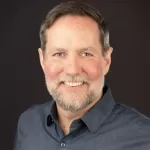

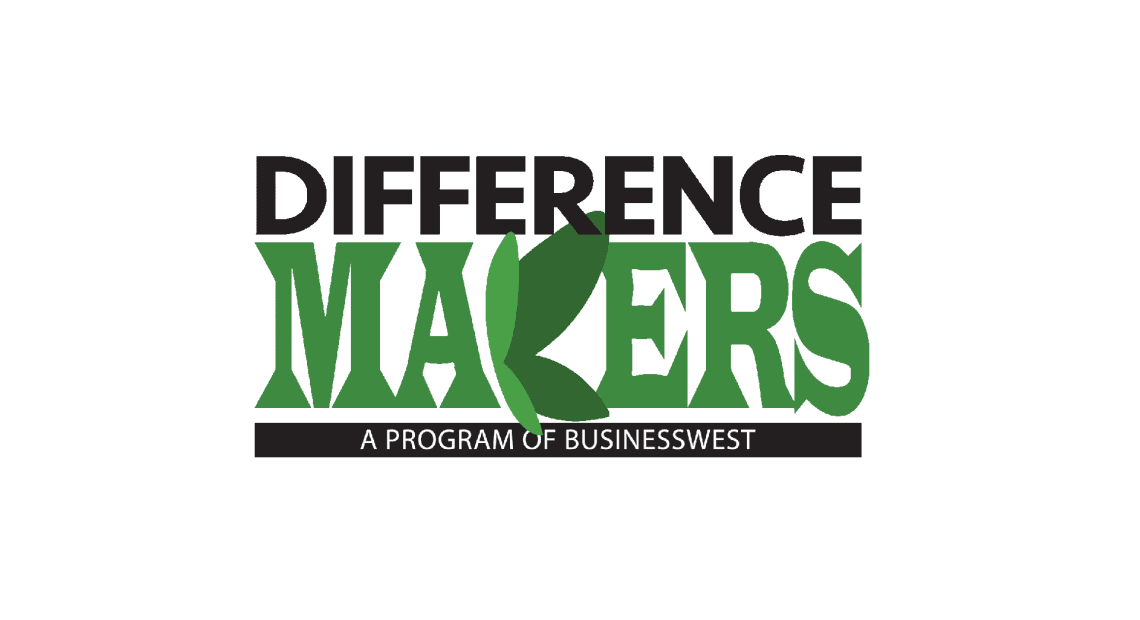
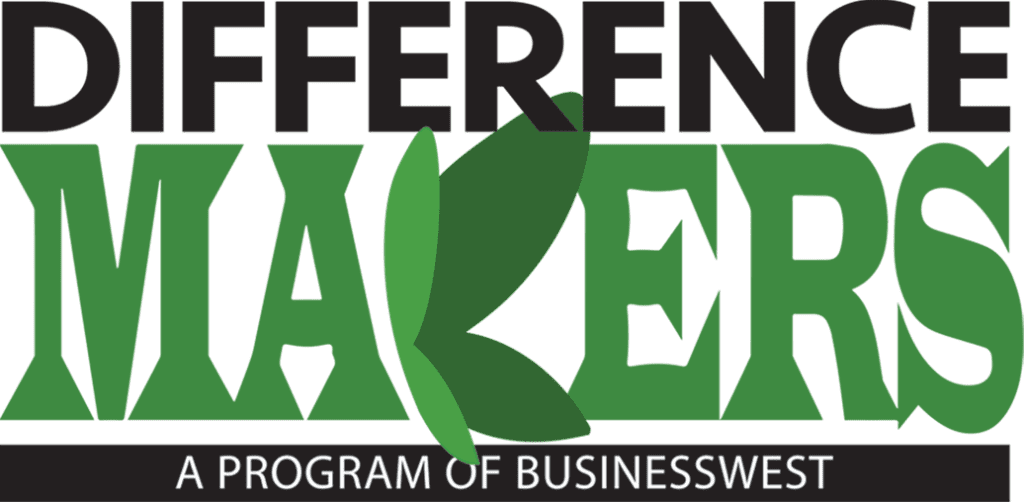
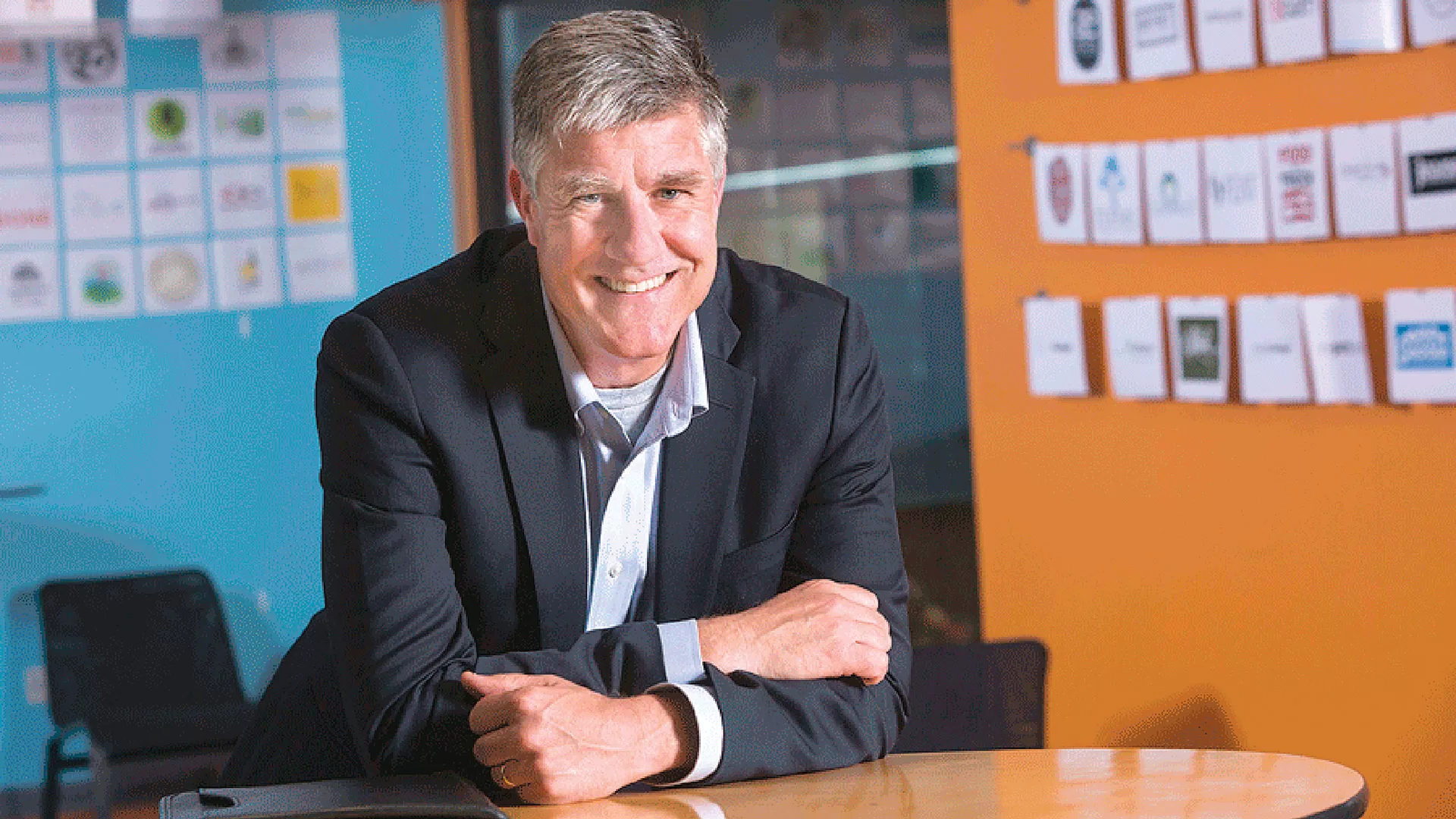
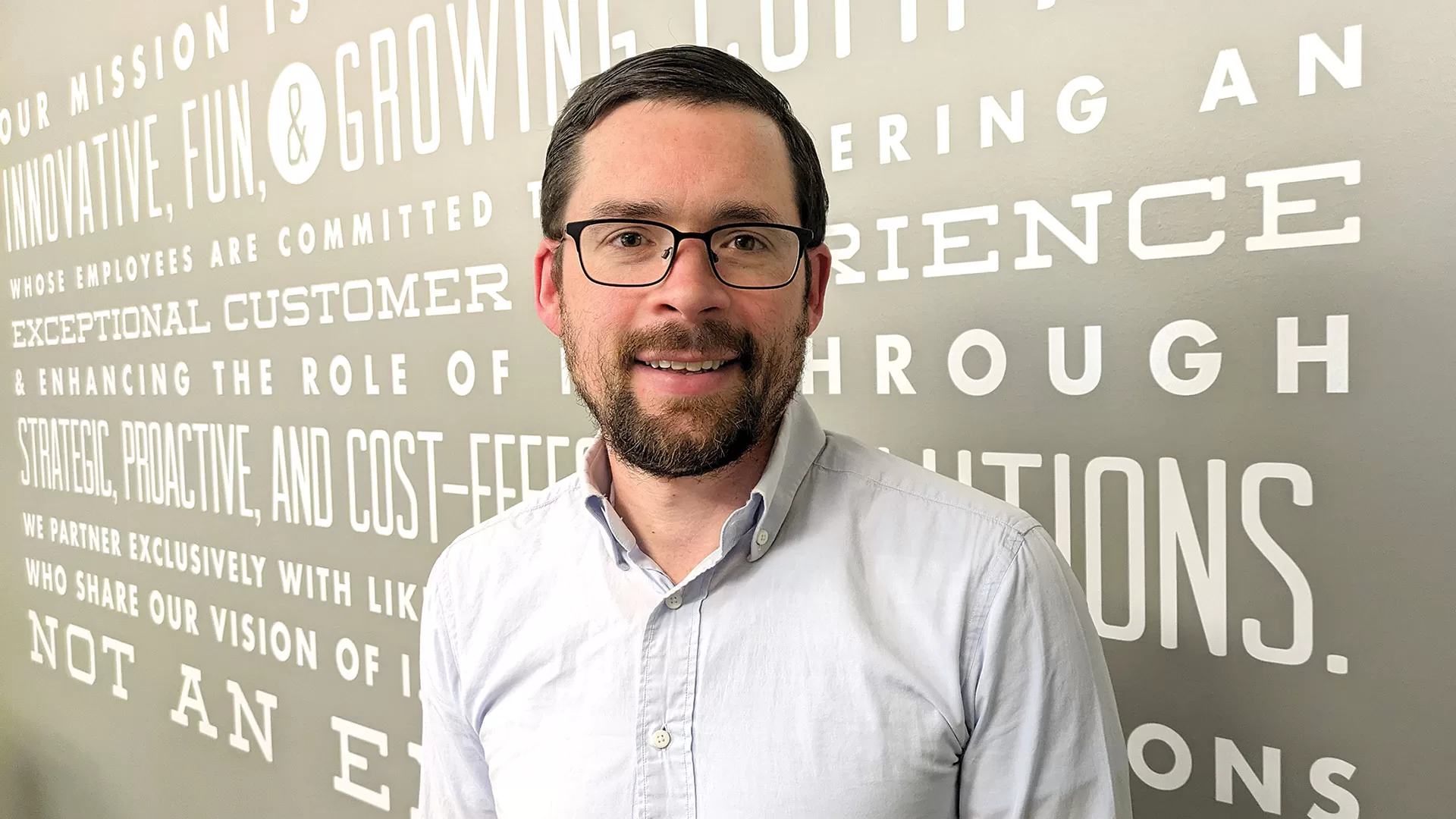

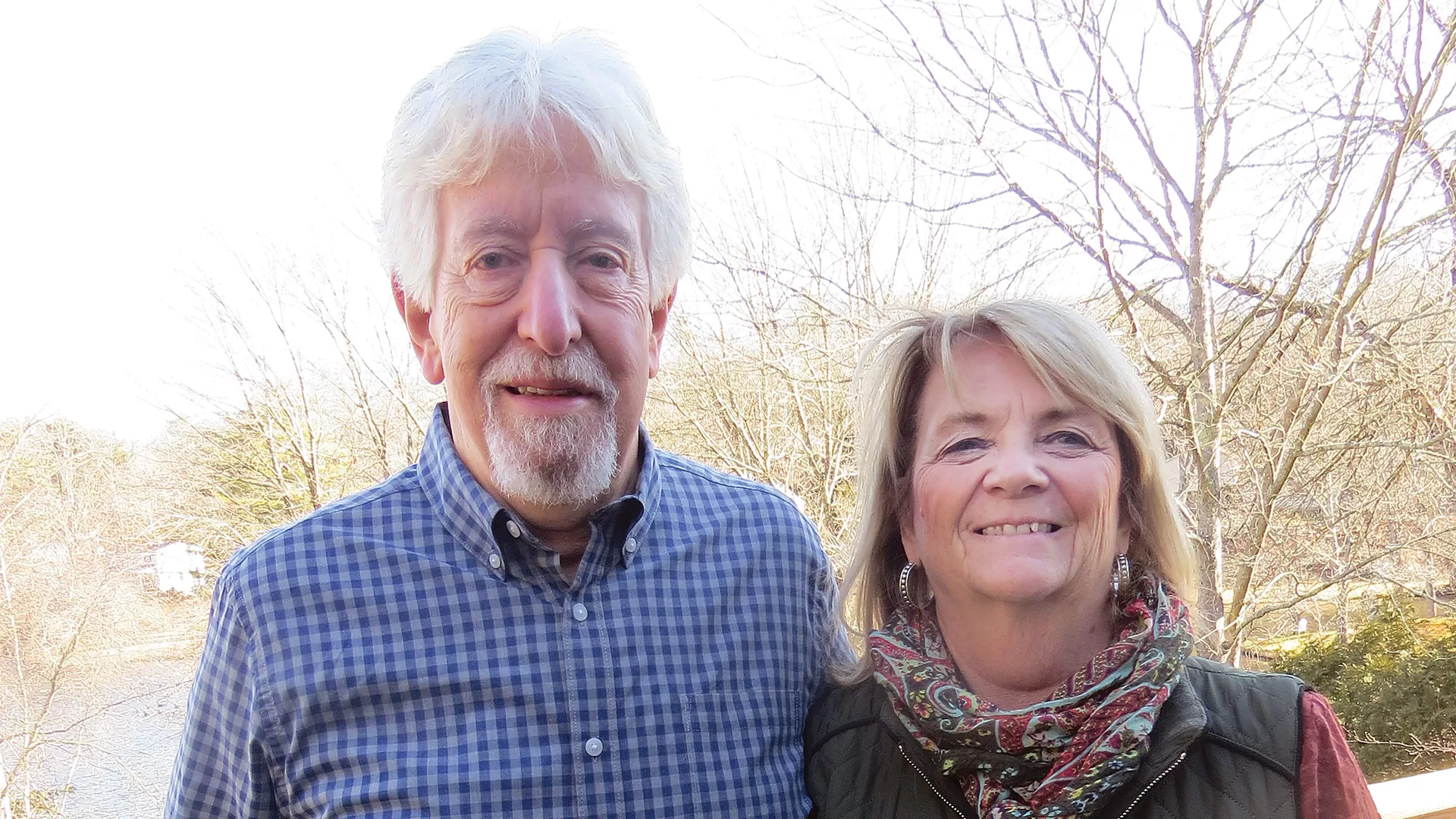
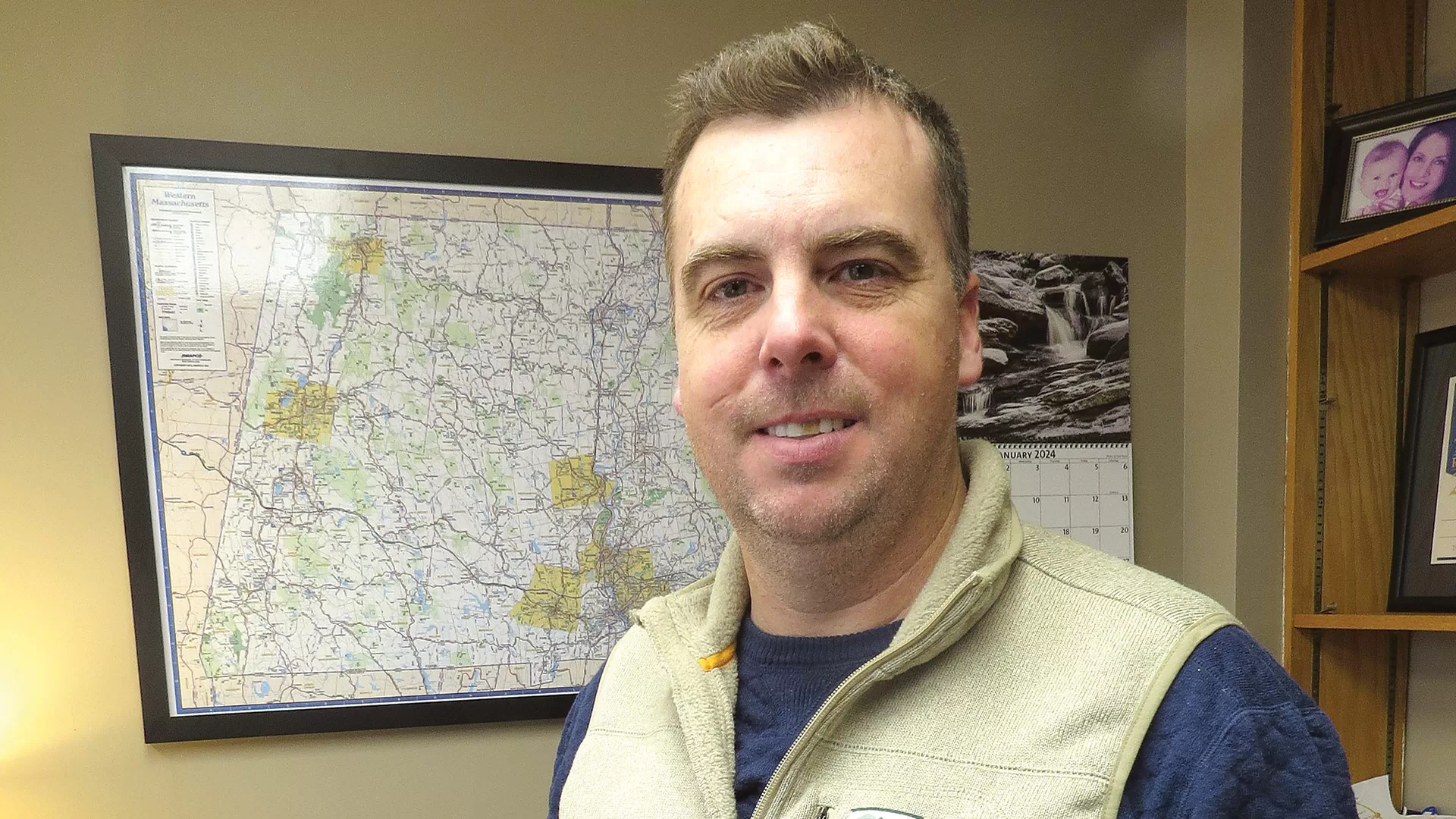
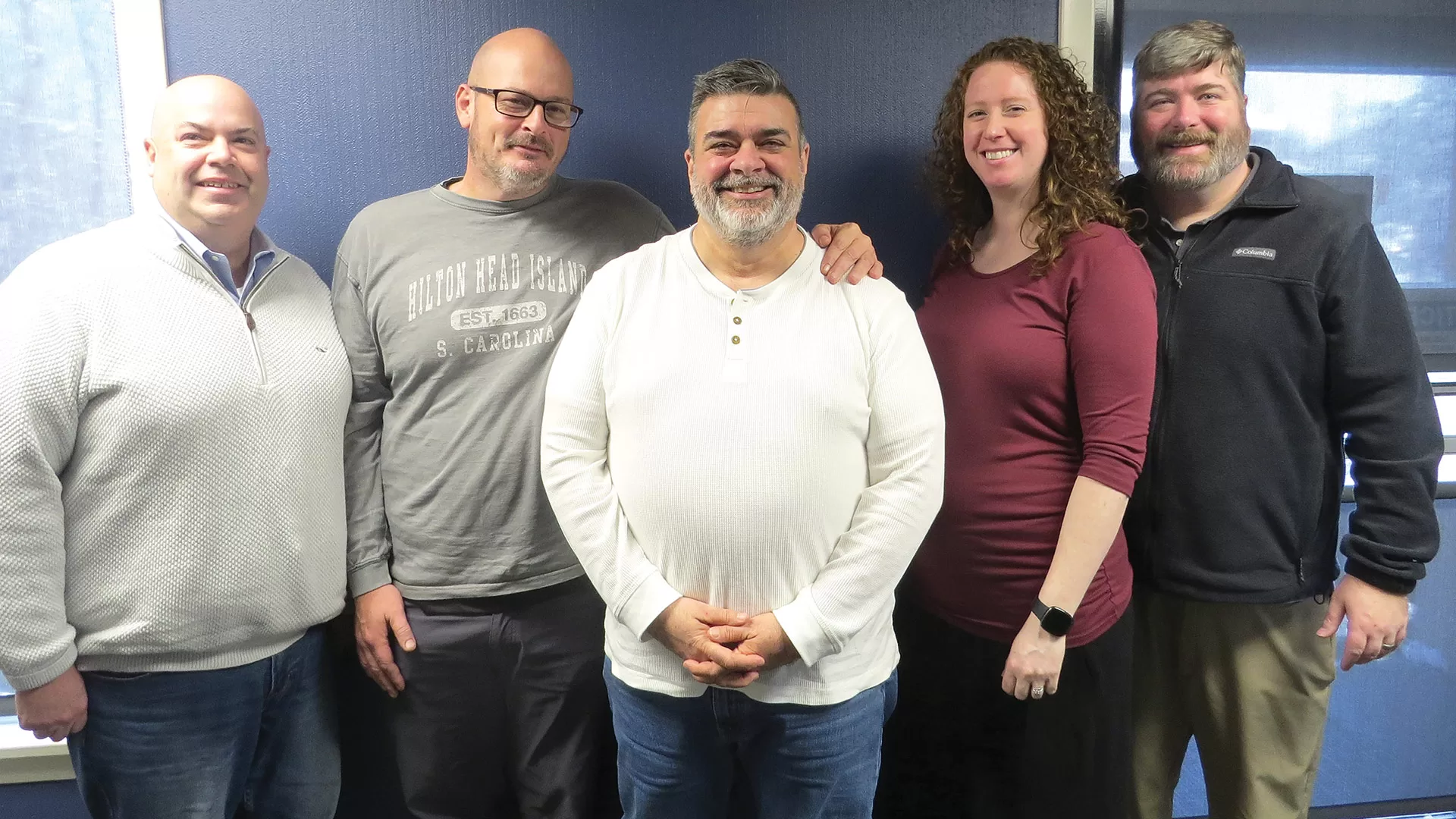

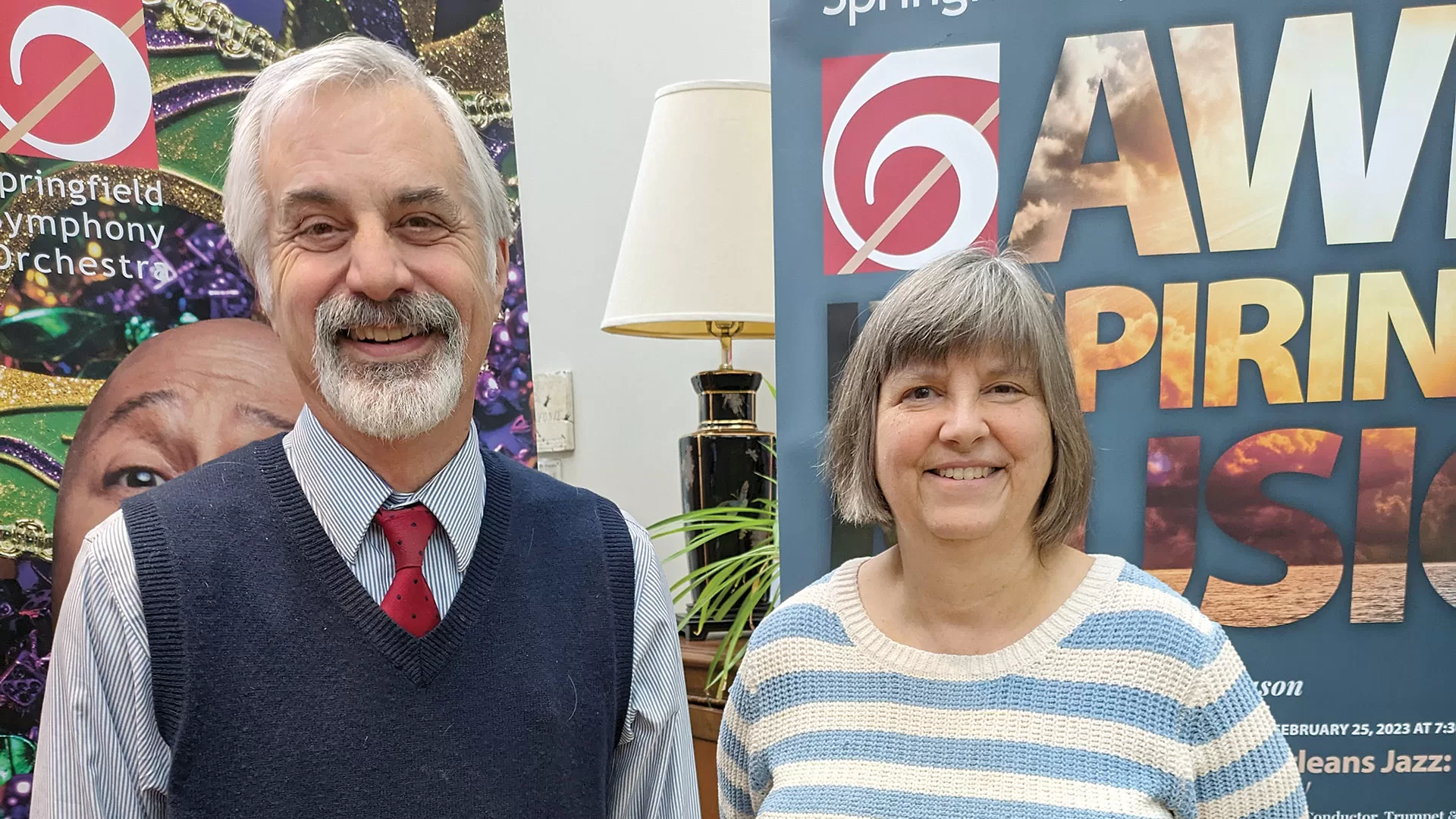
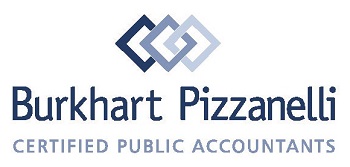






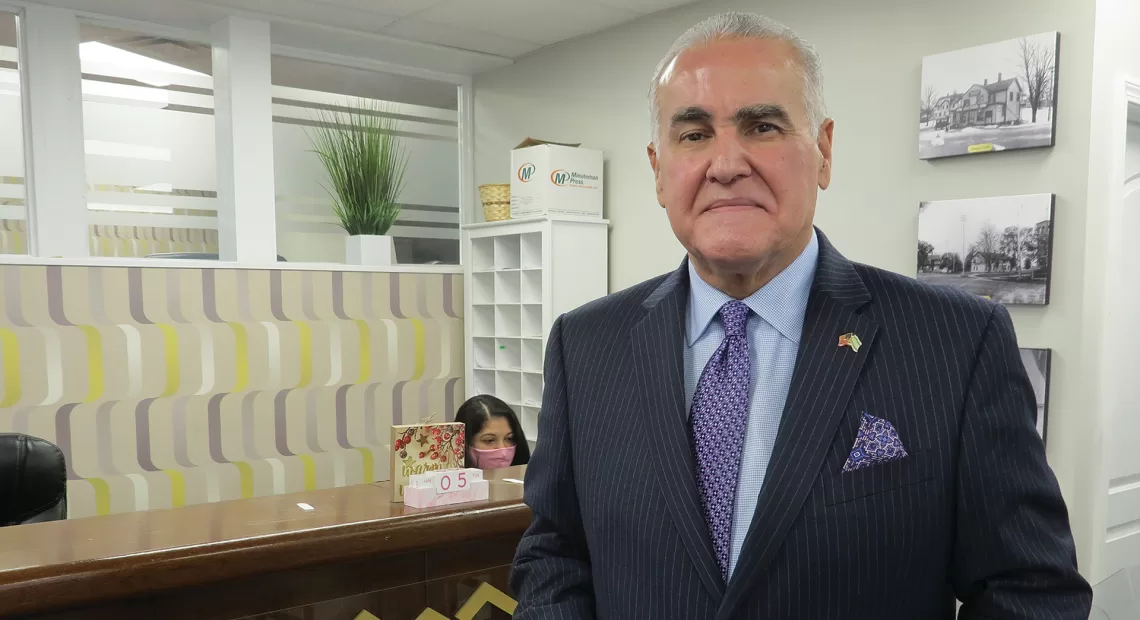


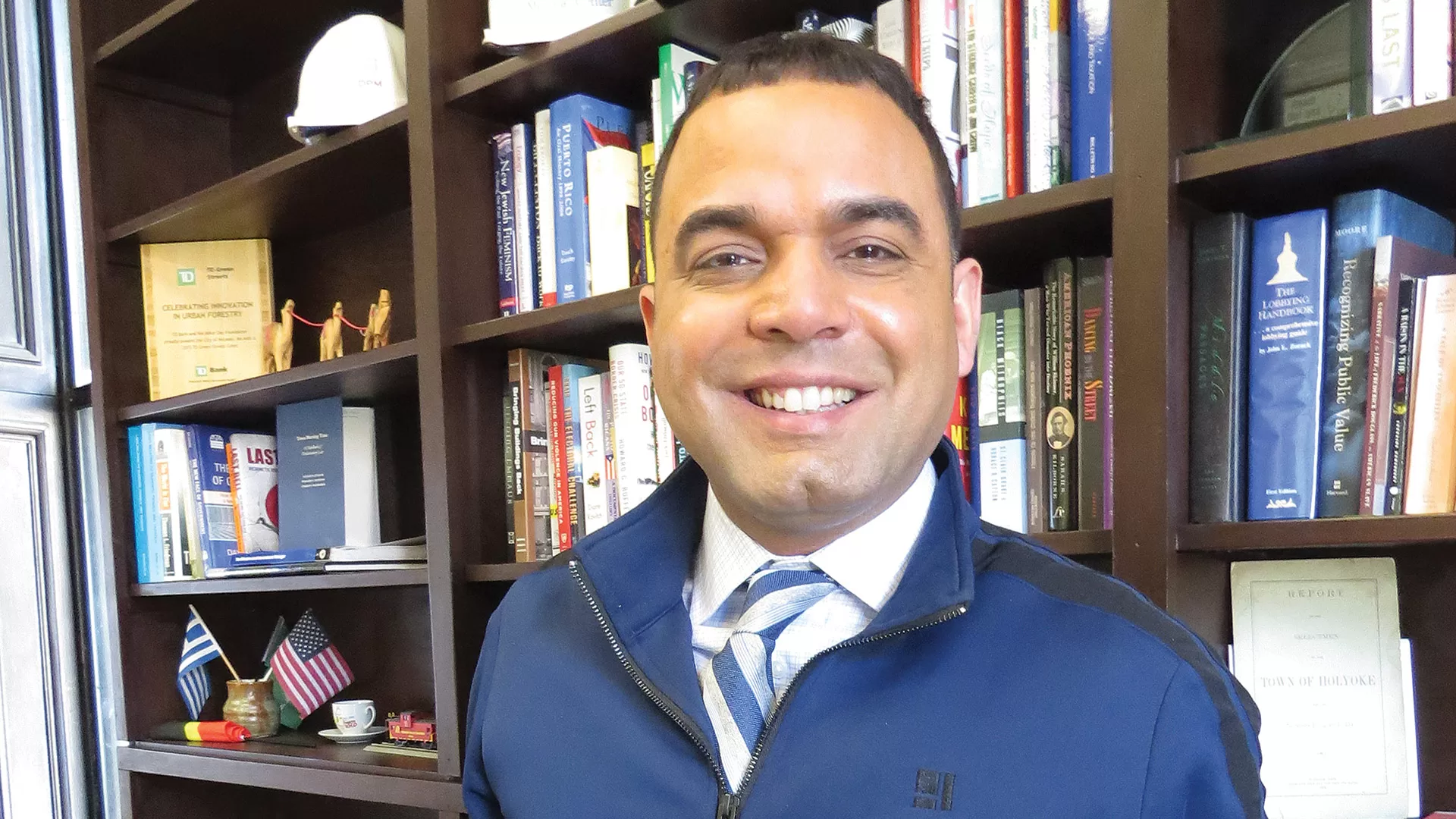




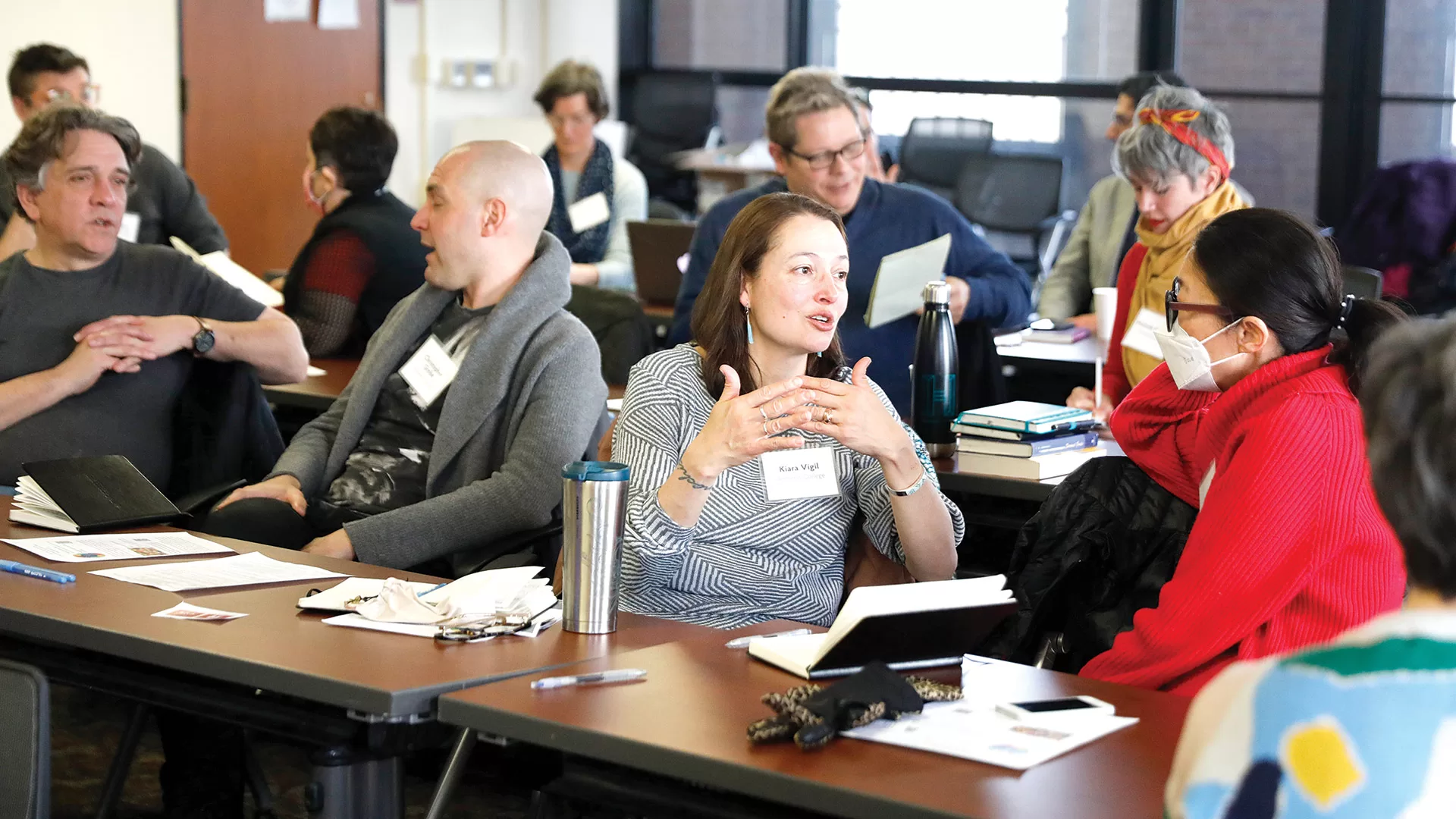
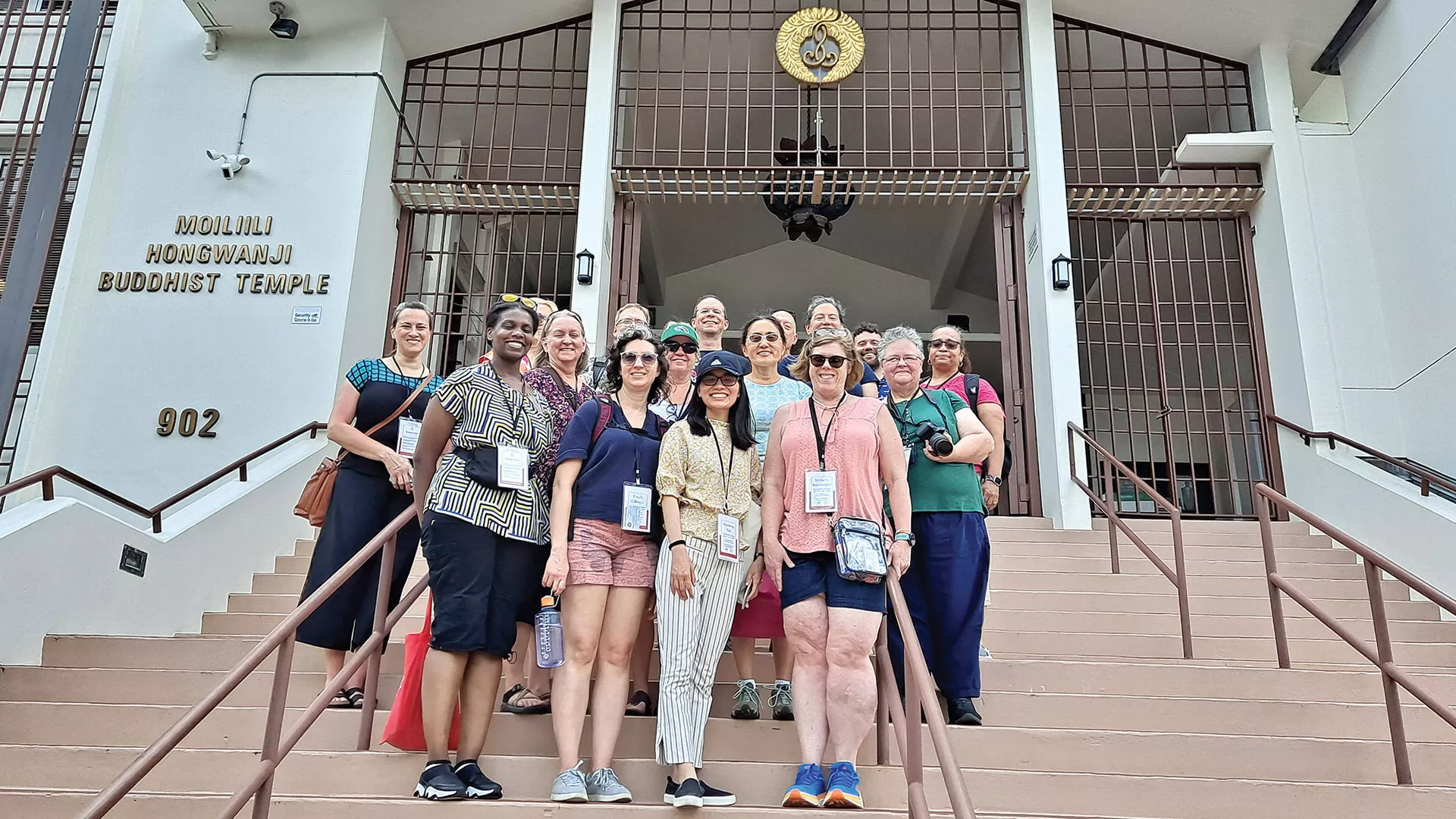
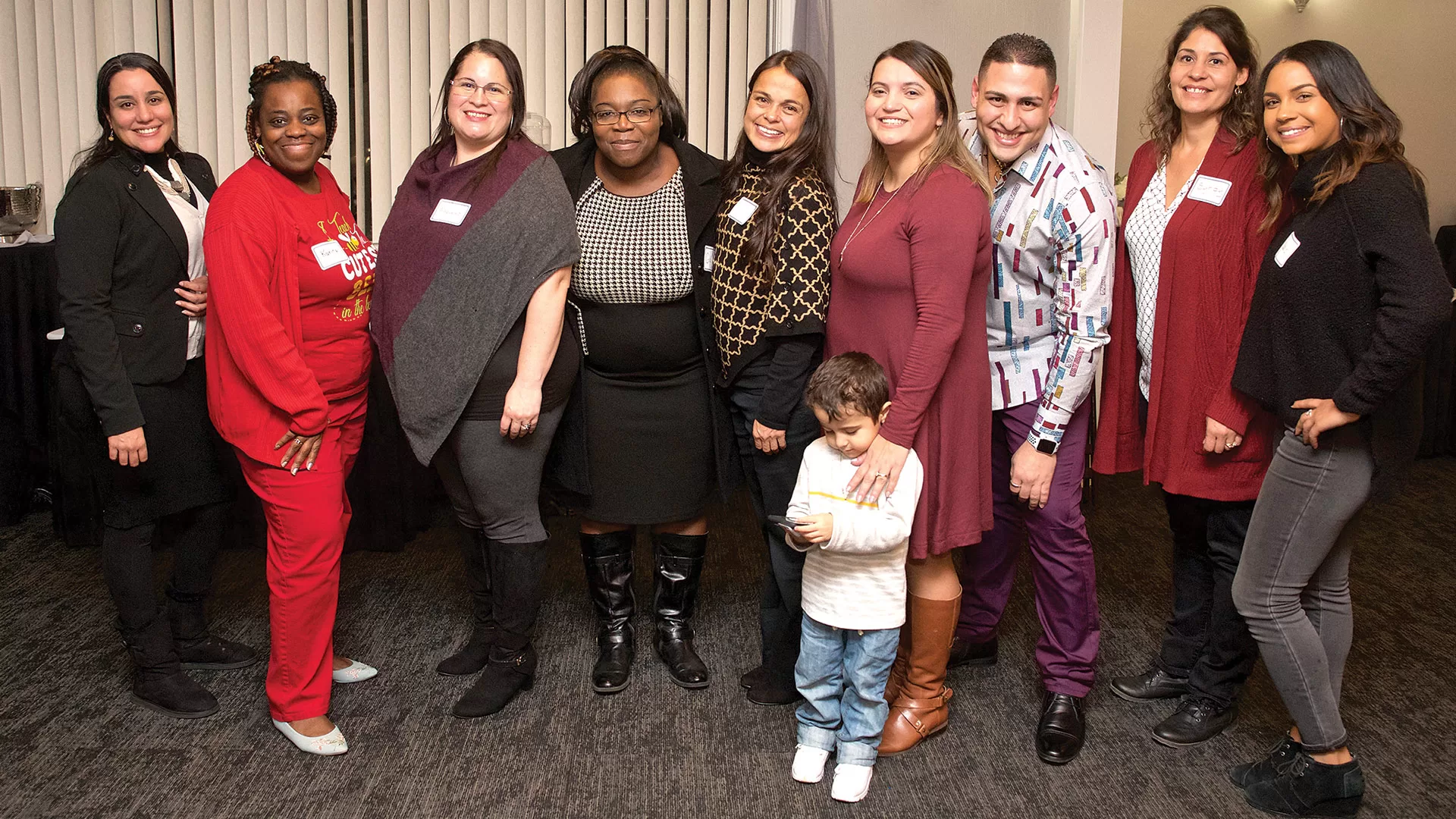


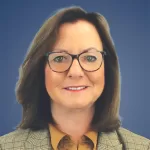 “One of the core components of this legislation includes an increase in the child tax credit, a move set to benefit families with children across the nation. This concept is further strengthened by the introduction of a refundable portion determined per child, a clear advantage for growing families.”
“One of the core components of this legislation includes an increase in the child tax credit, a move set to benefit families with children across the nation. This concept is further strengthened by the introduction of a refundable portion determined per child, a clear advantage for growing families.”